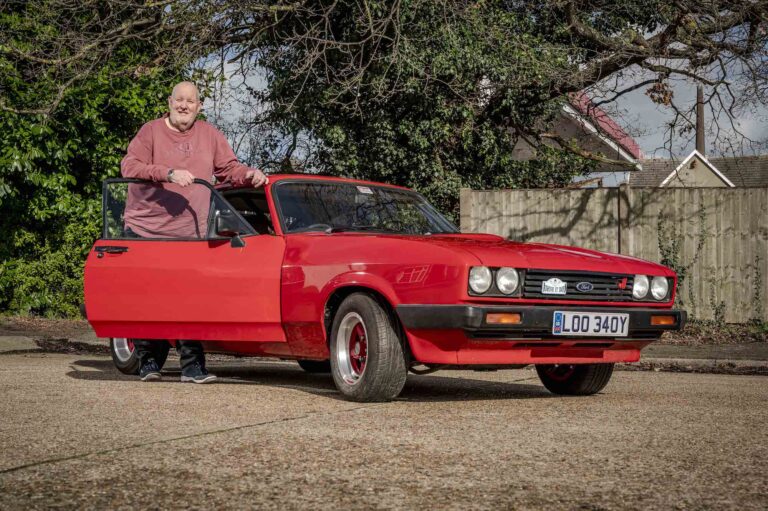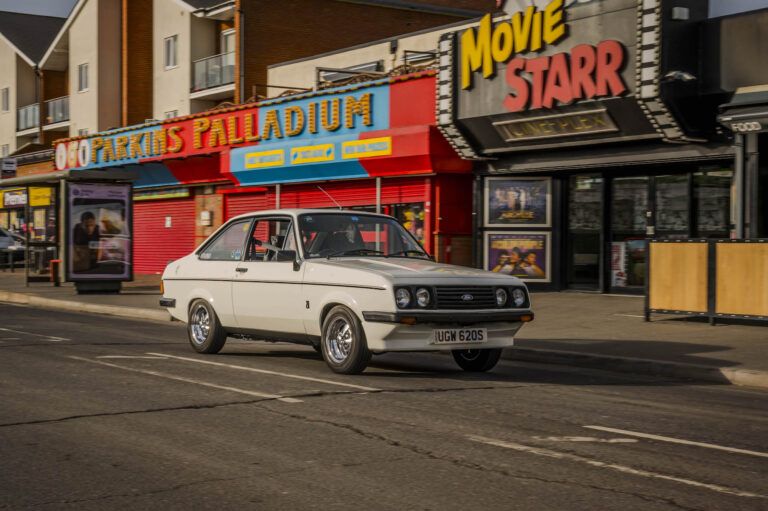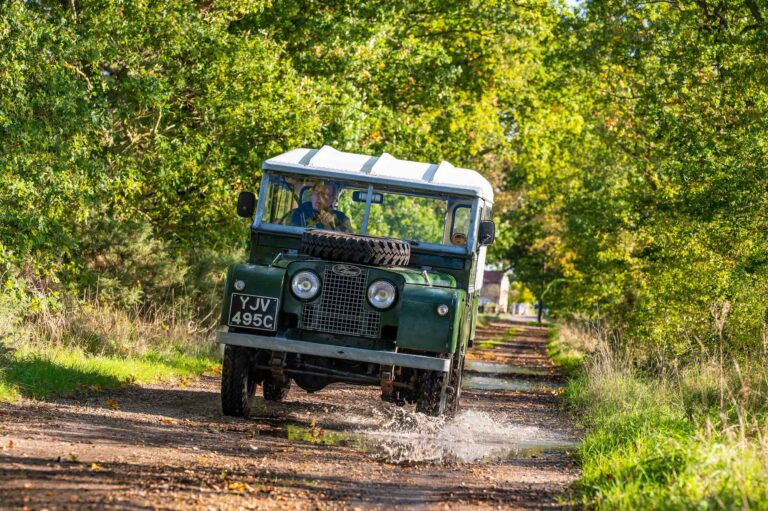Back in the 1980s, you had to have a thick skin to own a Škoda – especially if you were a young man.
The cheap Czech motors were the butt of more jokes than a comedian’s mother-in-law, sneered at by youngsters in their Fiestas, Novas and Peugeot 205s.
One such joke about the Iron Curtain cars went like this: “What do you call a Škoda with 200,000 miles on it? A lie.”
Well, what about an Estelle 130 LSE that’s just clocked over 400,000, all with one man at the wheel?
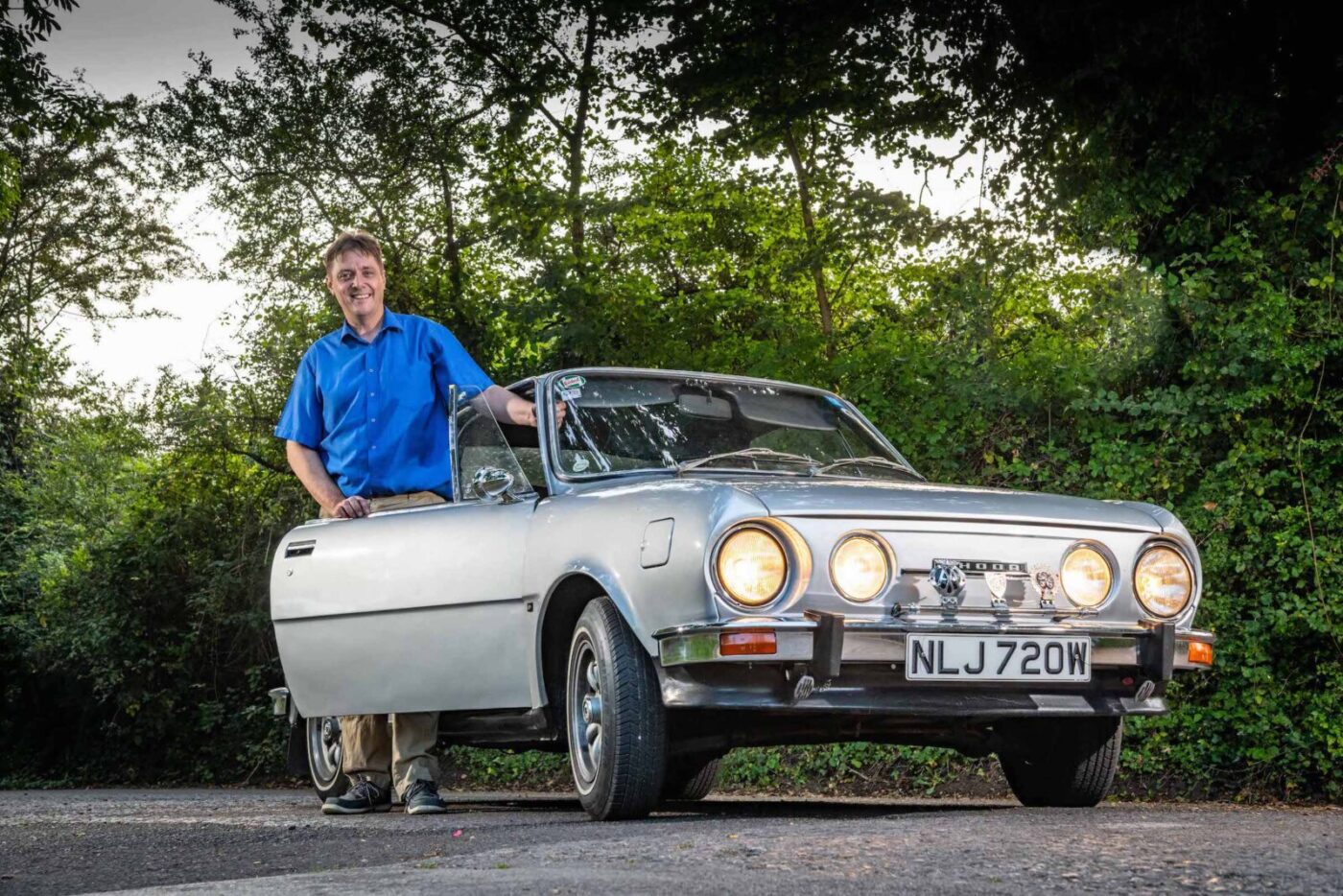
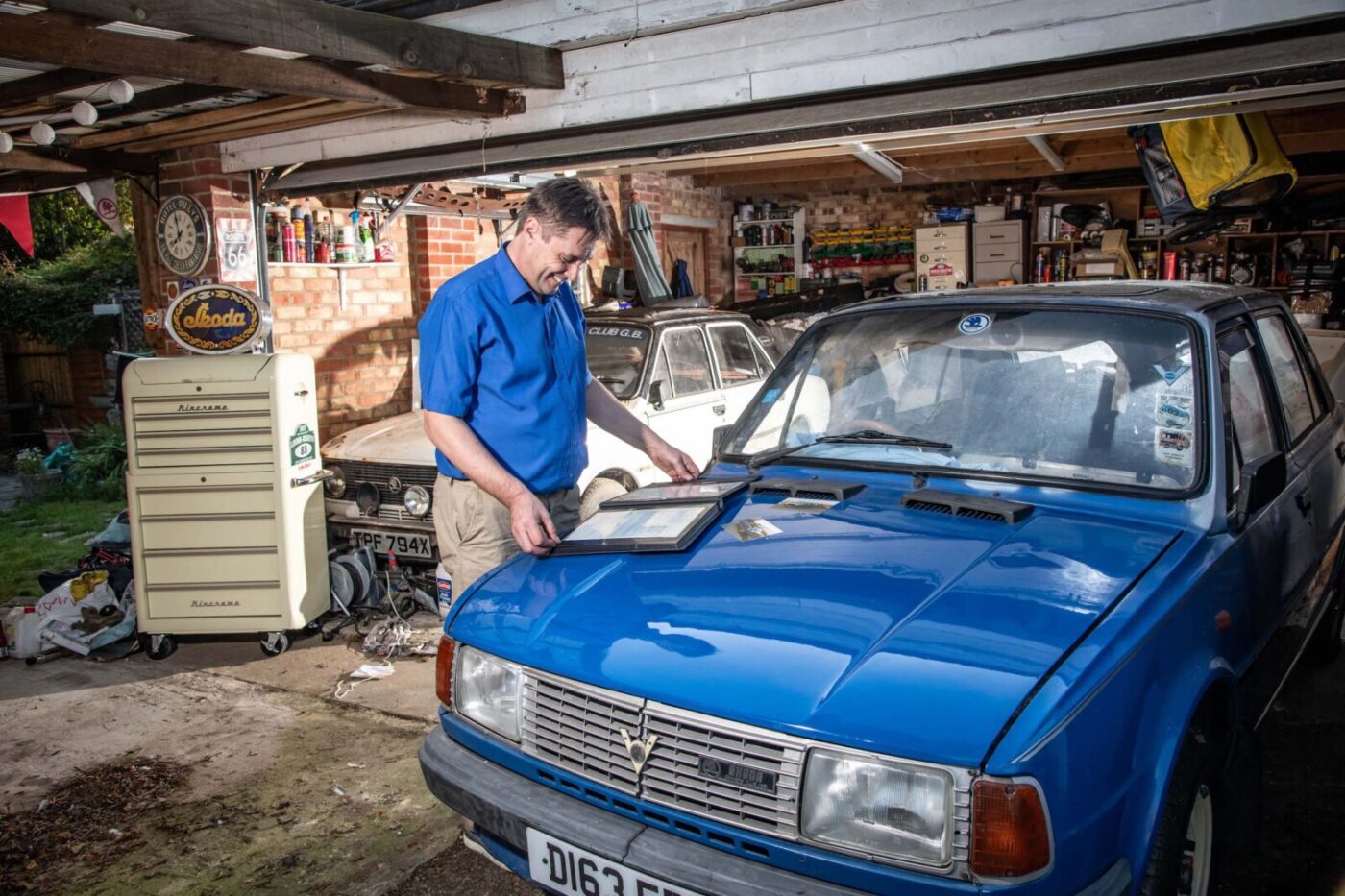
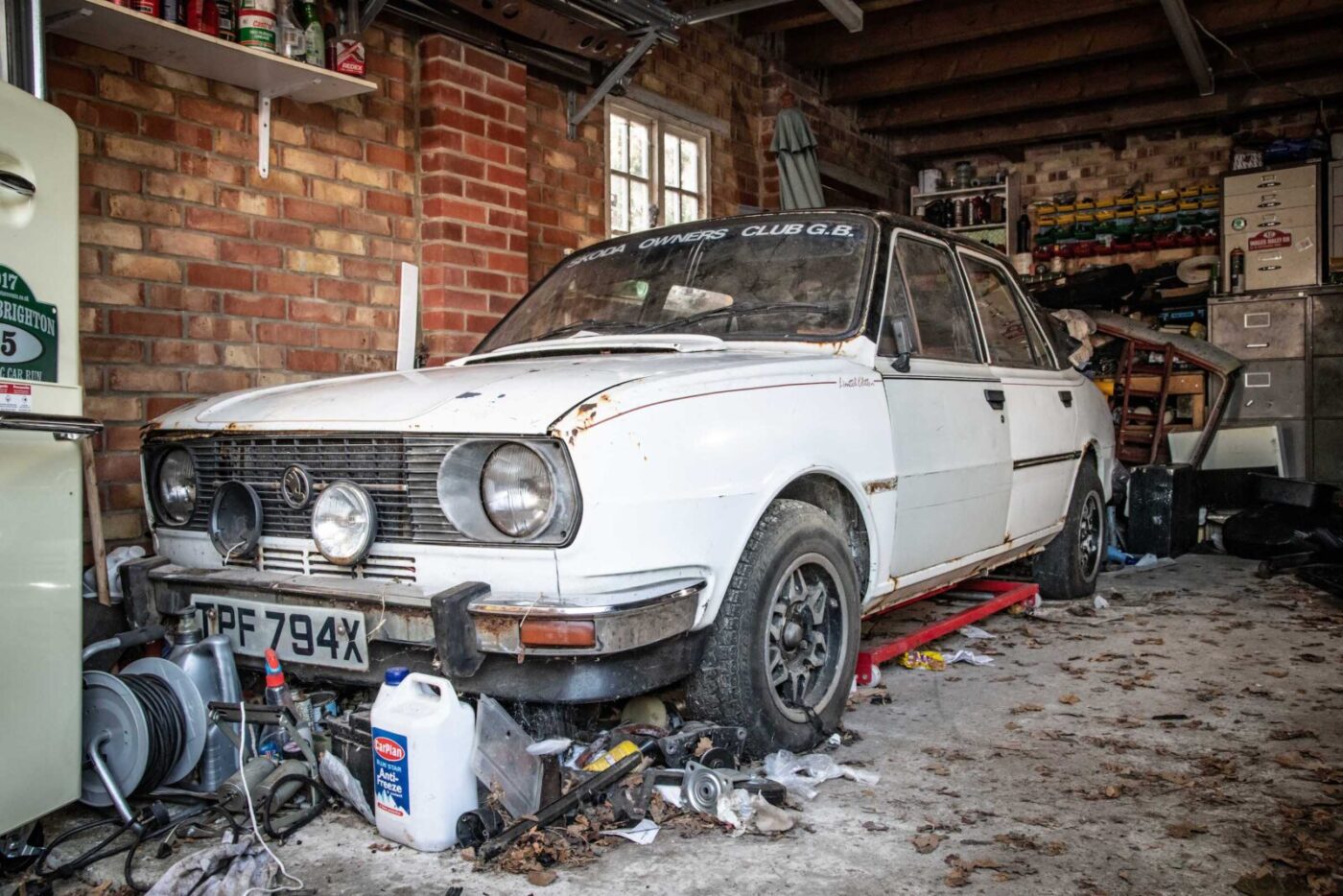
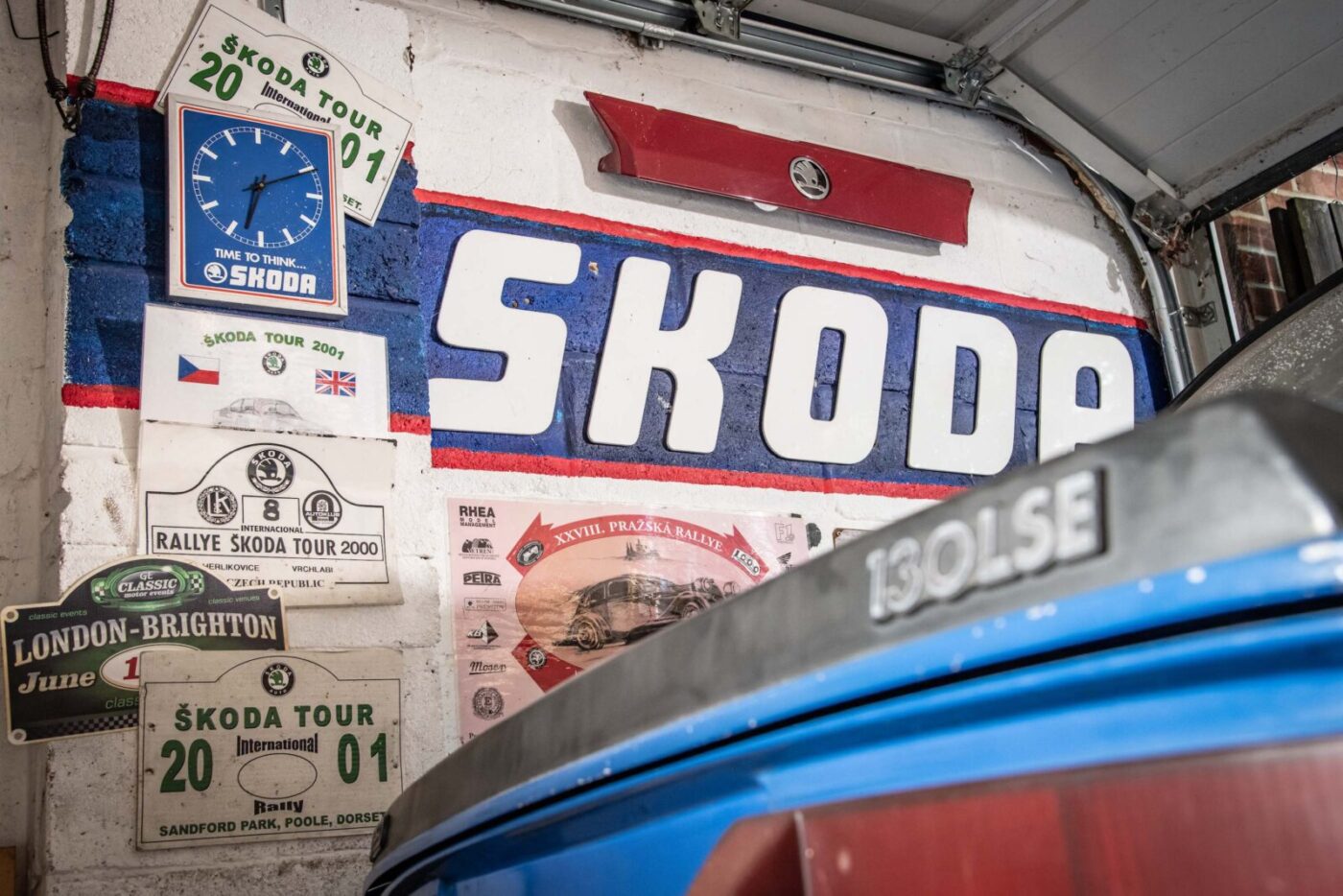
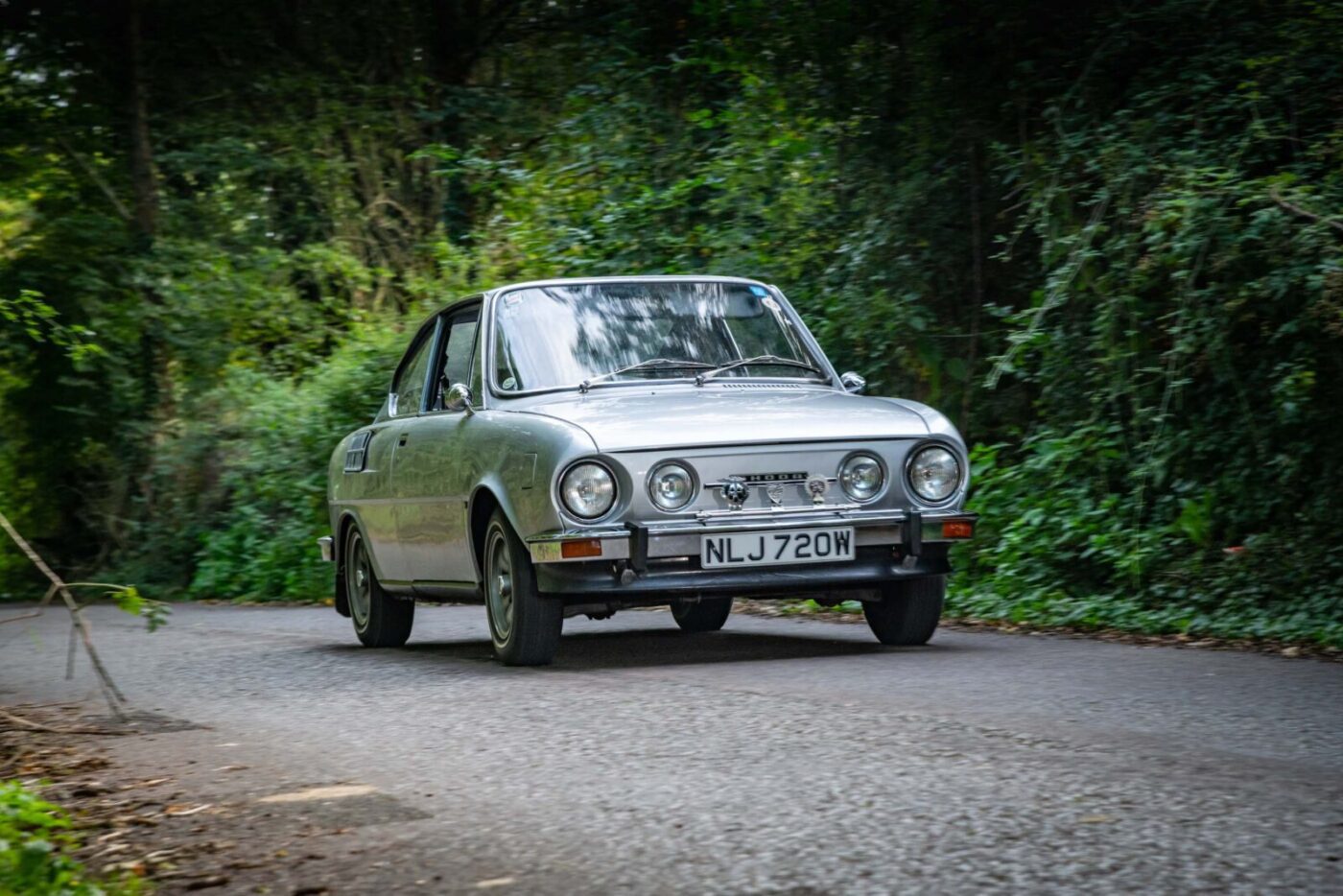
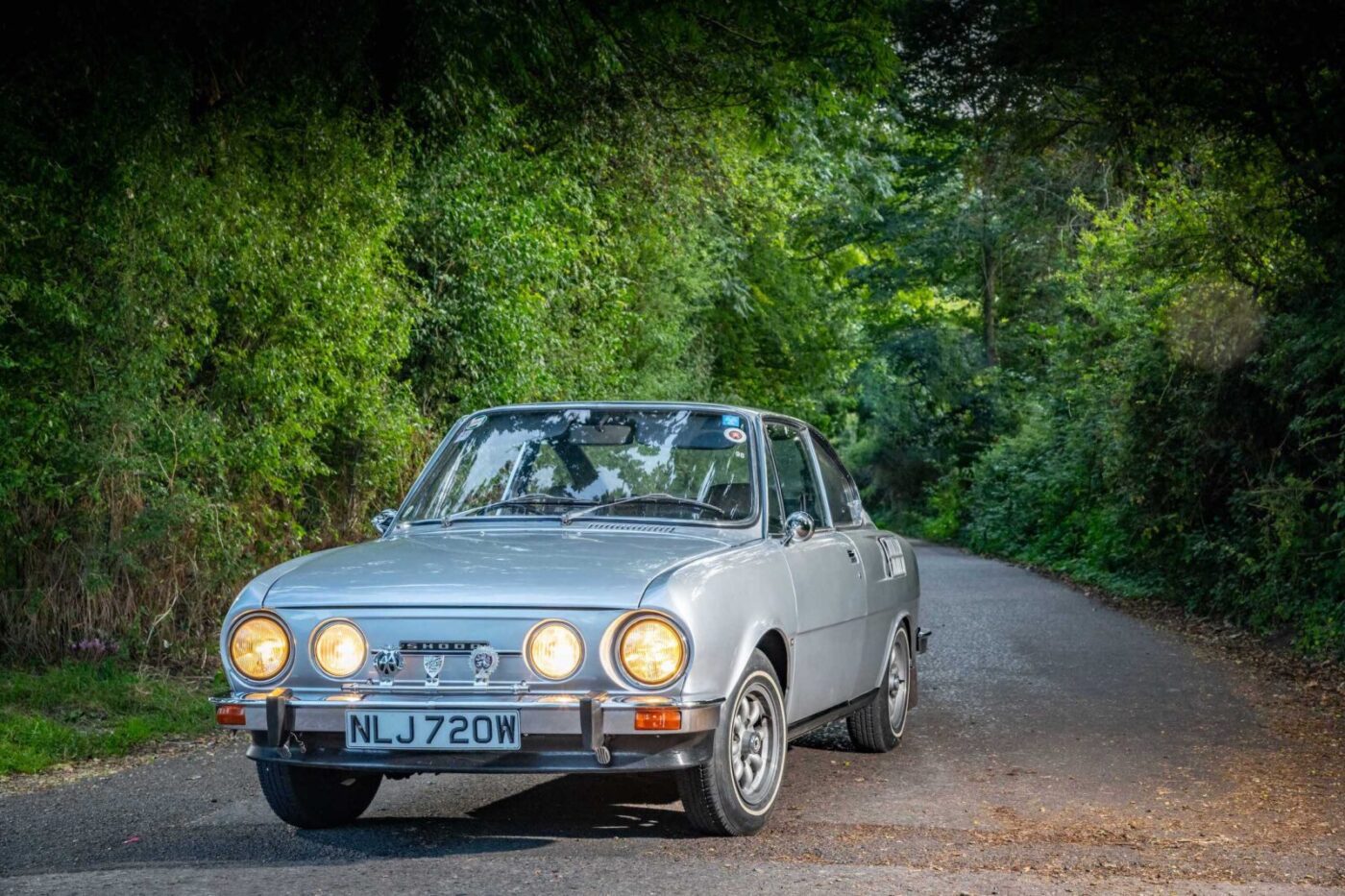
The last laugh
David Pickett has well and truly had the last laugh over his skeptical contemporaries, most of whose Fords and Vauxhalls have long since rusted away.
The civil engineer from Winchester was 20 when he bought the rear-engined, china blue Škoda brand new in 1986, trading in his first car, an Estelle 120 L.
As well as travelling all over the UK, David’s 130 has crossed Europe to visit its Czech home on four occasions, all on the same engine and all without a single mechanical failure barring routine maintenance.
He was so taken by the reliability and affordability of the much-derided motors made just north of Prague, he’s owned 21 of them over the past 34 years, retaining a collection of six, and has never owned any other make of car.
As well as the high-mileage 130 LSE, David’s Soviet-era haul includes a pretty S110R coupe, a 136 Rapid convertible – both of which have also made the journey to the Czech Republic – and a unique Estelle 105 S which only revealed its true nature several years after he bought it for just £200.
From the VW era, a Felicia Estate and an Octavia, the current daily driver, complete the sextet.
Right from the start of his love affair with Škodas, any sarcastic comments coming David’s way ran like water off a duck’s back.
READ MORE ABOUT SOME OF OUR GREATEST CLASSIC CARS WITH

A series of articles on our Cult Classics site.
‘Let’s see whose rusts first’
“We did get that reaction sometimes, often from Ford owners,” he says. “I’d just say ‘let’s see whose rusts first’. Even now my 130 is rust free. It got used in all weathers, right through the year for many years, but I did make sure the sills were all Waxoyled and I sprayed the door linings with stuff called Supertrol.
“People have slated the reliability, but the 130 has covered a huge mileage on the original engine and all I’ve had to change was a new timing chain, not because it had failed, but because I could hear it rattling and it was annoying me.
“A lot of people, although they were making comments on them, didn’t really know anything about them. They are the sort of cars that you need to tinker with, but I found that if you keep them serviced they are really reliable.”
Driving a Communist-era Skoda is, according to David, “unique, from a handling point of view”.
“The handling is not as scary as some people think,” he adds. “But it feels very different to a front engine, front wheel drive hatchback, and that puts people off.
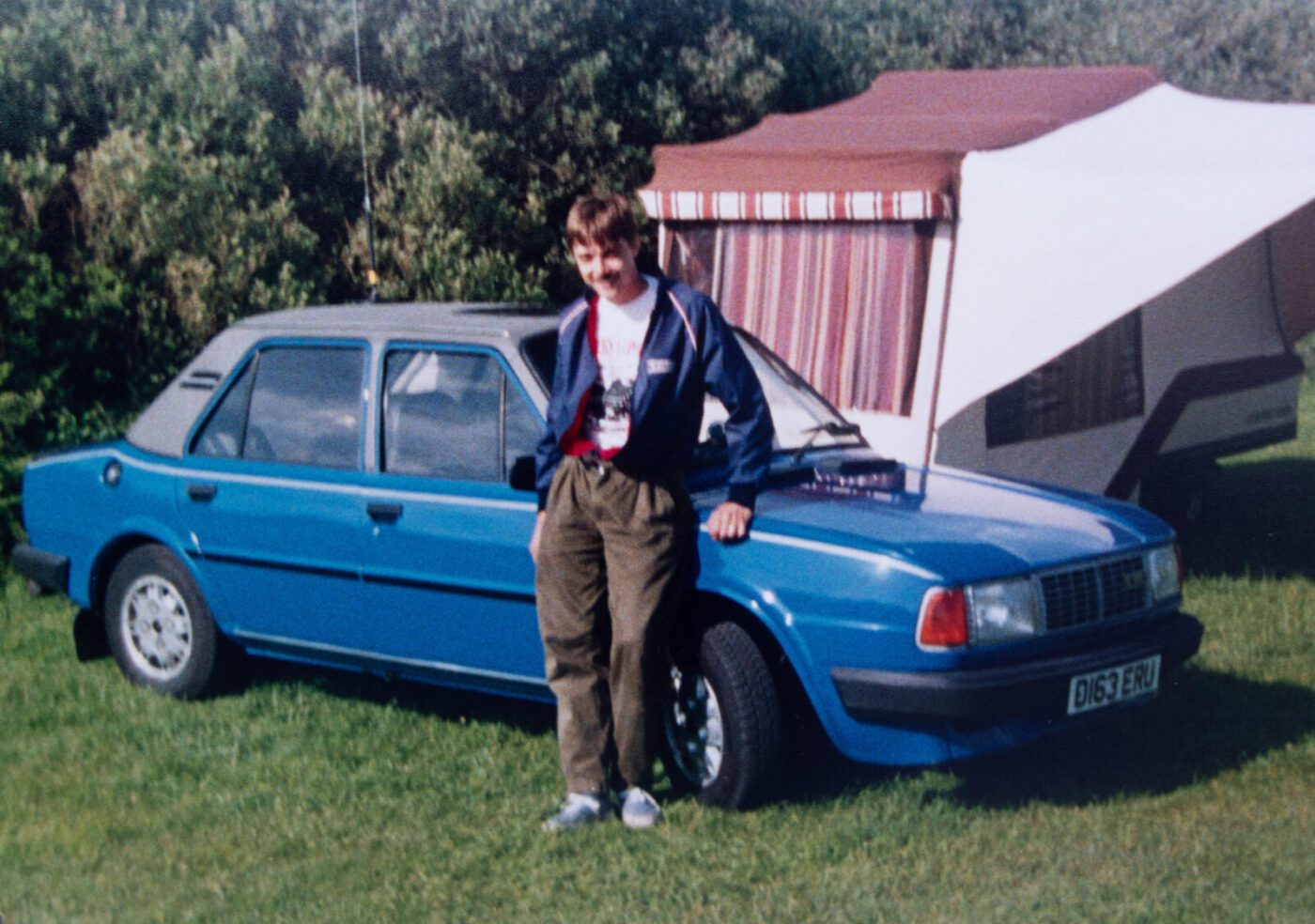
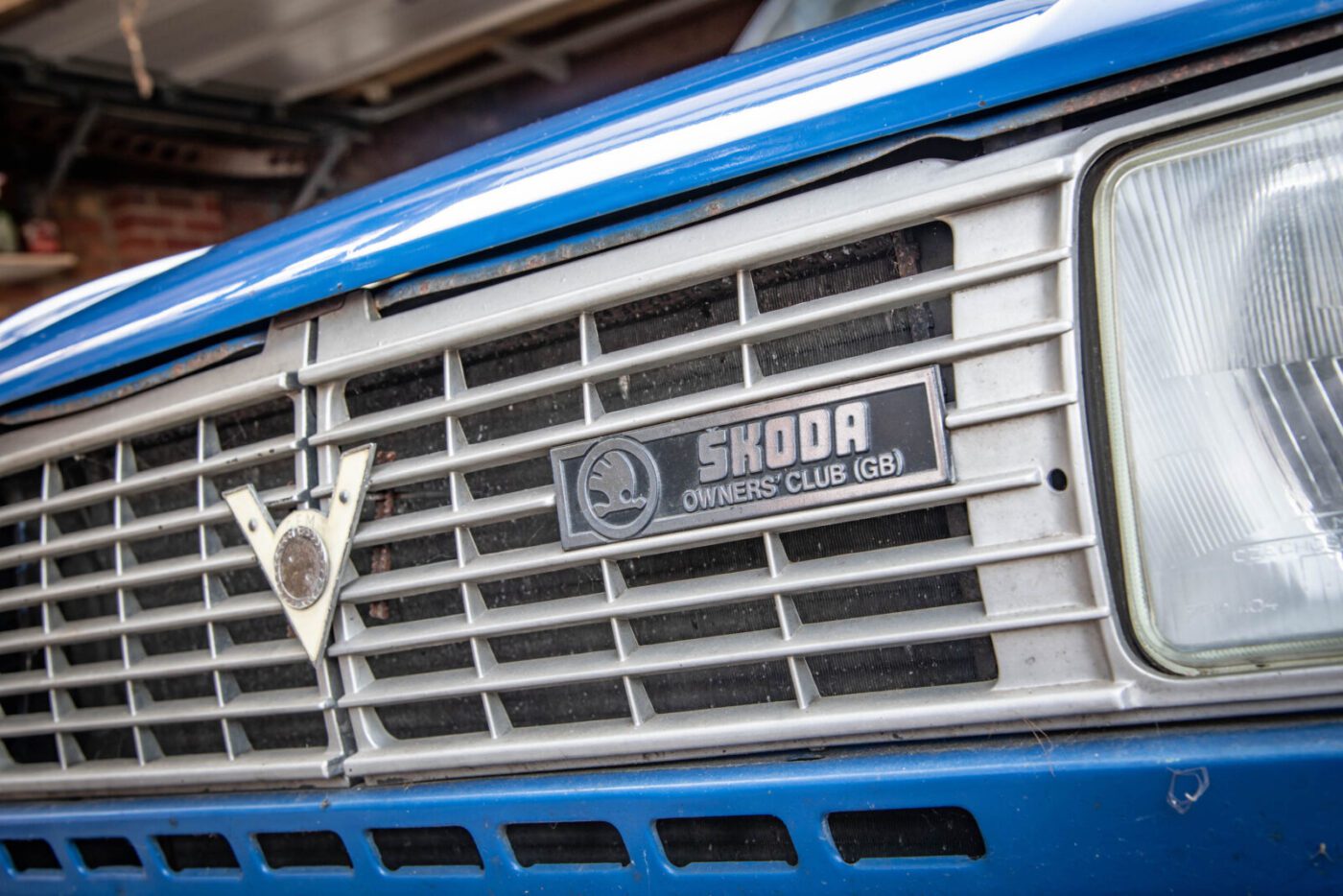
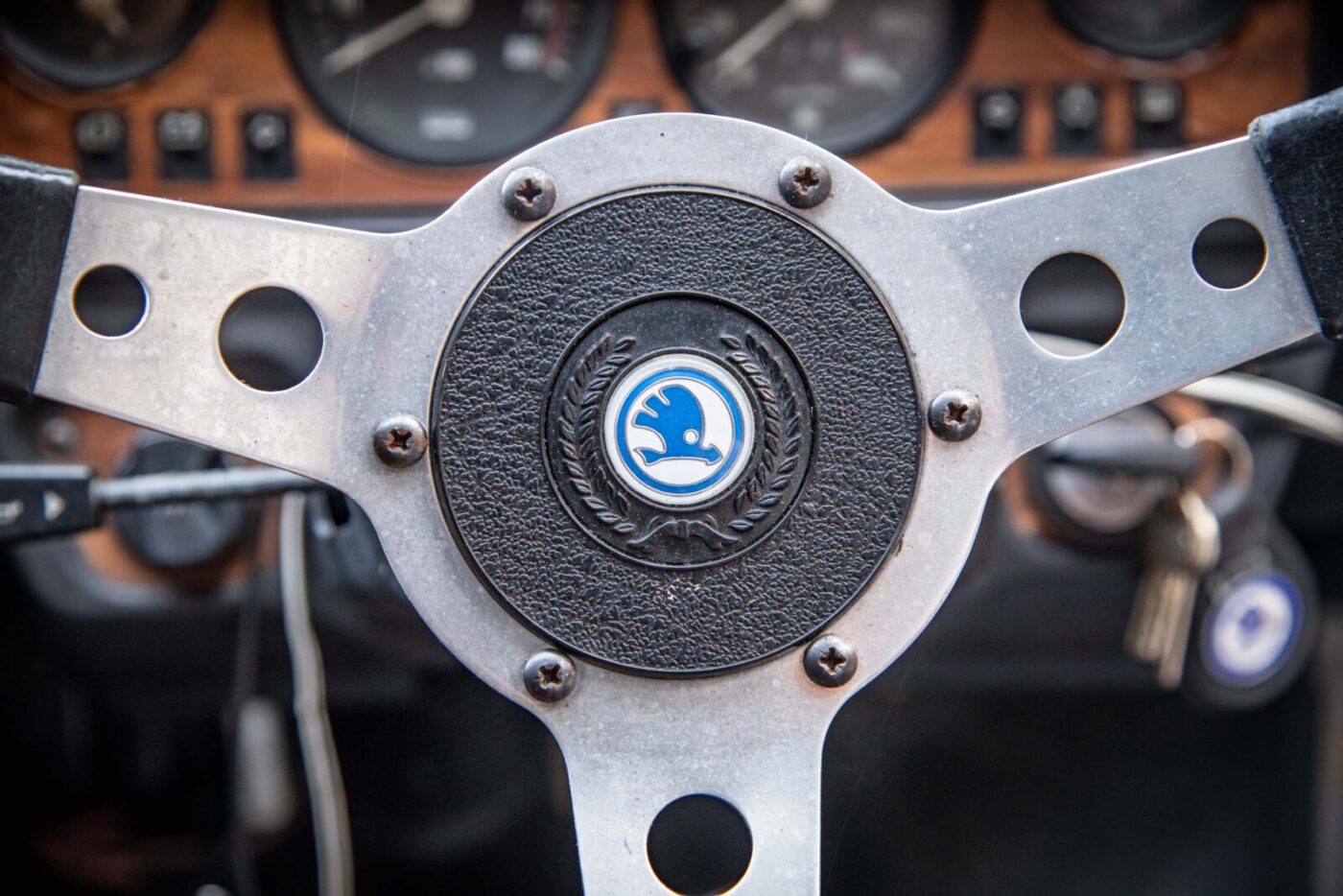
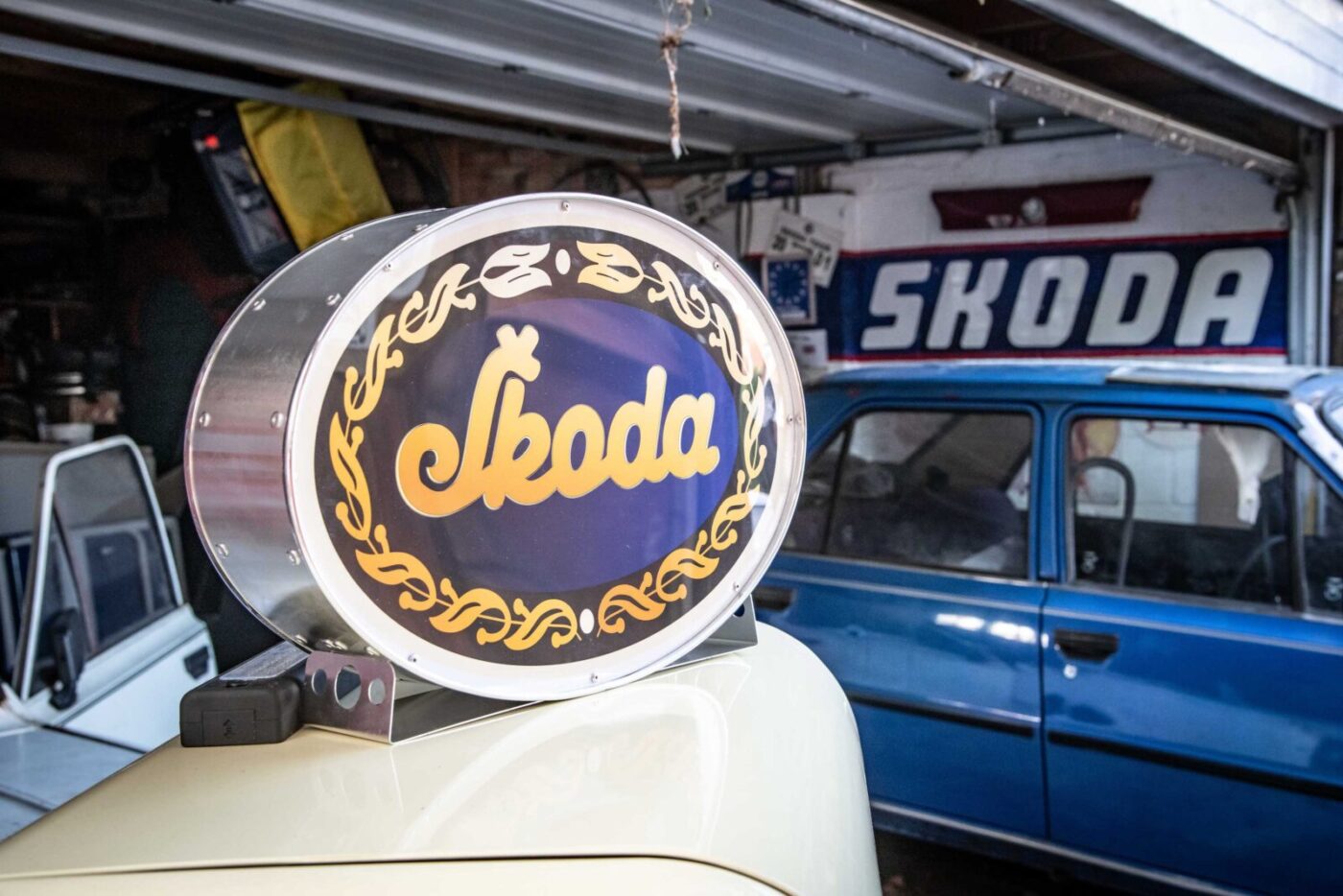
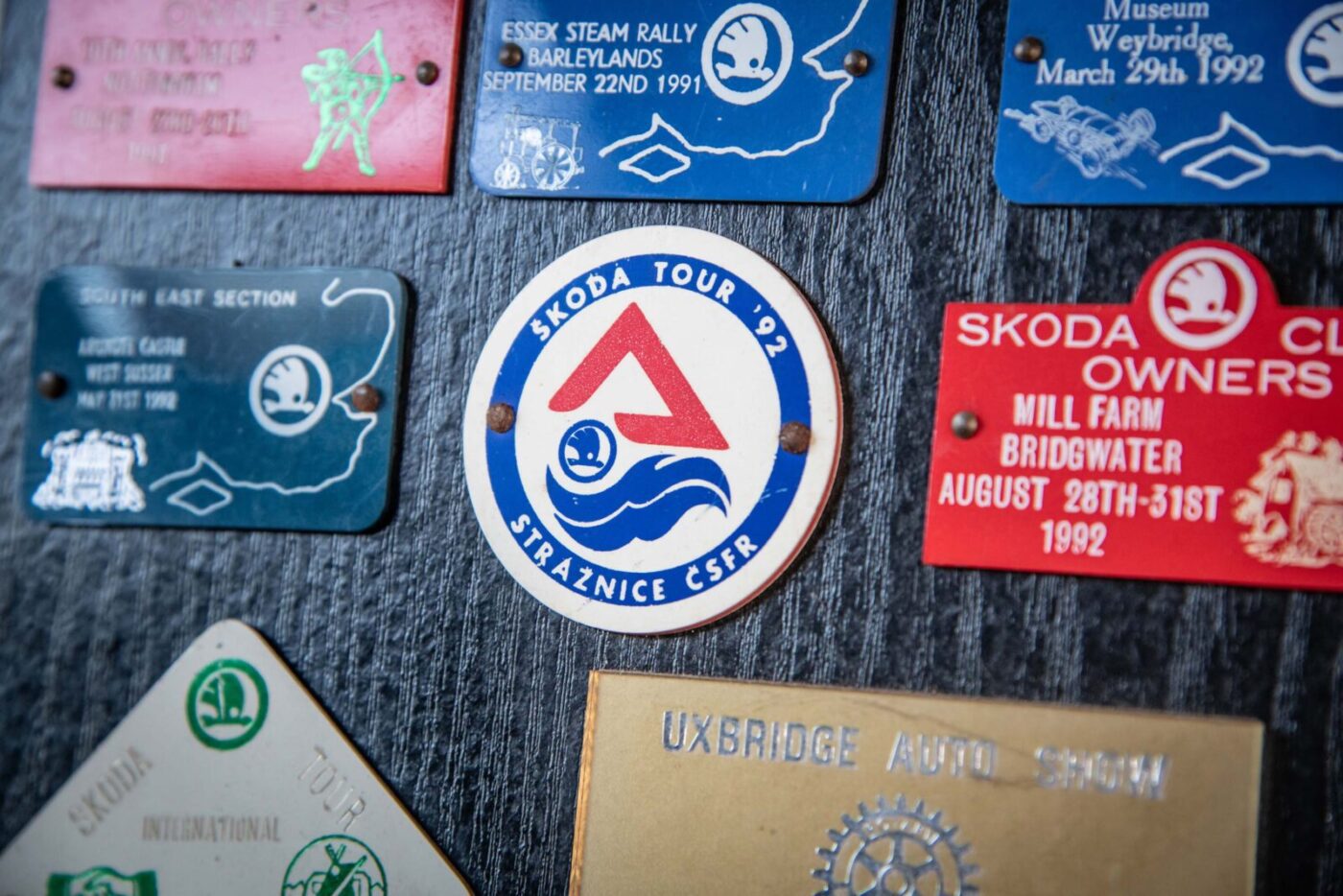
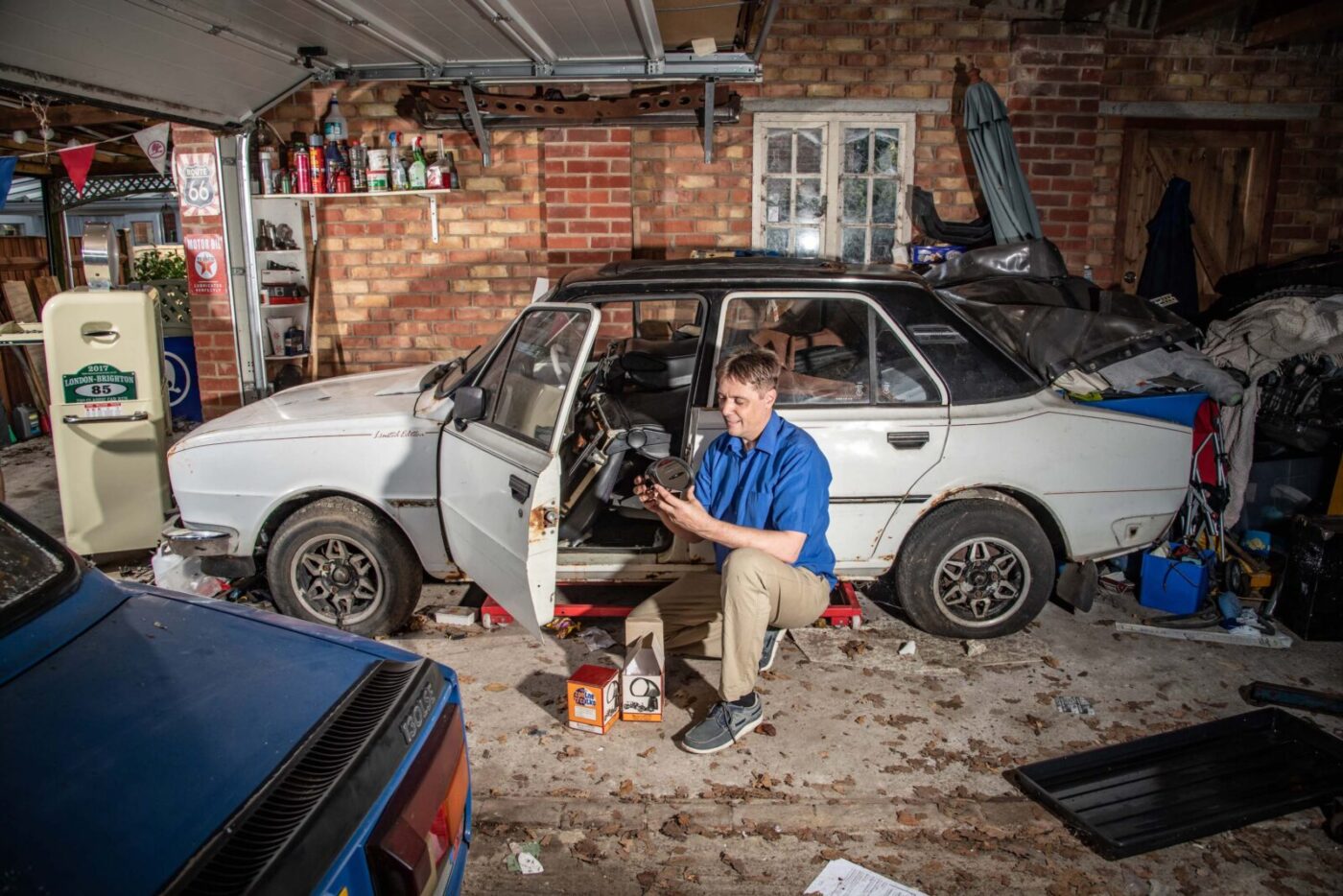
‘Like a slow Porsche 911’
“You notice it more with the coupe, which has a steering box rather than rack and pinion, and no brake servo. It’s great fun to drive – like a slow Porsche 911 with all the weight at the back.
“There’s no need to ease off for bends, you just keep your foot to the floor and it will go round, though it can be a bit unnerving.
“You have to be committed because if you ease off and find a wet patch, you could lose the back end. Just keep the revs on and keep going.”
David’s Škoda story began in 1985 when, as a 19-year-old, he was looking to buy his first car.
“I had been looking around at the sort of things that youngsters generally look into, like Minis, early Fiestas, Fiat 127s, but all the stuff I was going and having a look at had generally done 60 or 70,000 miles and were five or six years old,” he says.
“The best had been had out of them and they were starting to get a bit tatty. I happened to notice an advert in the local paper for a car in a local garage, which had done 10,000 miles and was only 21 months old, for about £1,200.
81.5% of customers could get a cheaper quote over the phone
Protect your car with tailor-made classic car insurance, including agreed value cover and discounts for limited mileage and owners club discounts

Absolutely immaculate
“I thought ‘that’s pretty new and in my price range’. It was absolutely immaculate, and I thought it made sense to get something that new with a nice low mileage for about the same price as a five or six year old Fiesta.”
The car he’d found was a Škoda Estelle 120 L, which he drove for about a year before upgrading to a brand new car.
“I took the first one in for a service at the dealership, and they had the top of the range 130 LSE sat on the forecourt,” he remembers. “I had started working for British Aerospace at the time, which was very well paid, and I was able to go in and buy it for cash for £3,200.”
Within a couple of years the 130 was carrying David and an old school friend on an ambitious round trip of more than 2,500 miles over 10 days to the car’s home in what was then Czechoslovakia.
“It was first time I had driven abroad,” says David, heading from Winchester to the Dover ferry crossing, before travelling through France, Belgium, Holland and Germany en route to the Czech border.
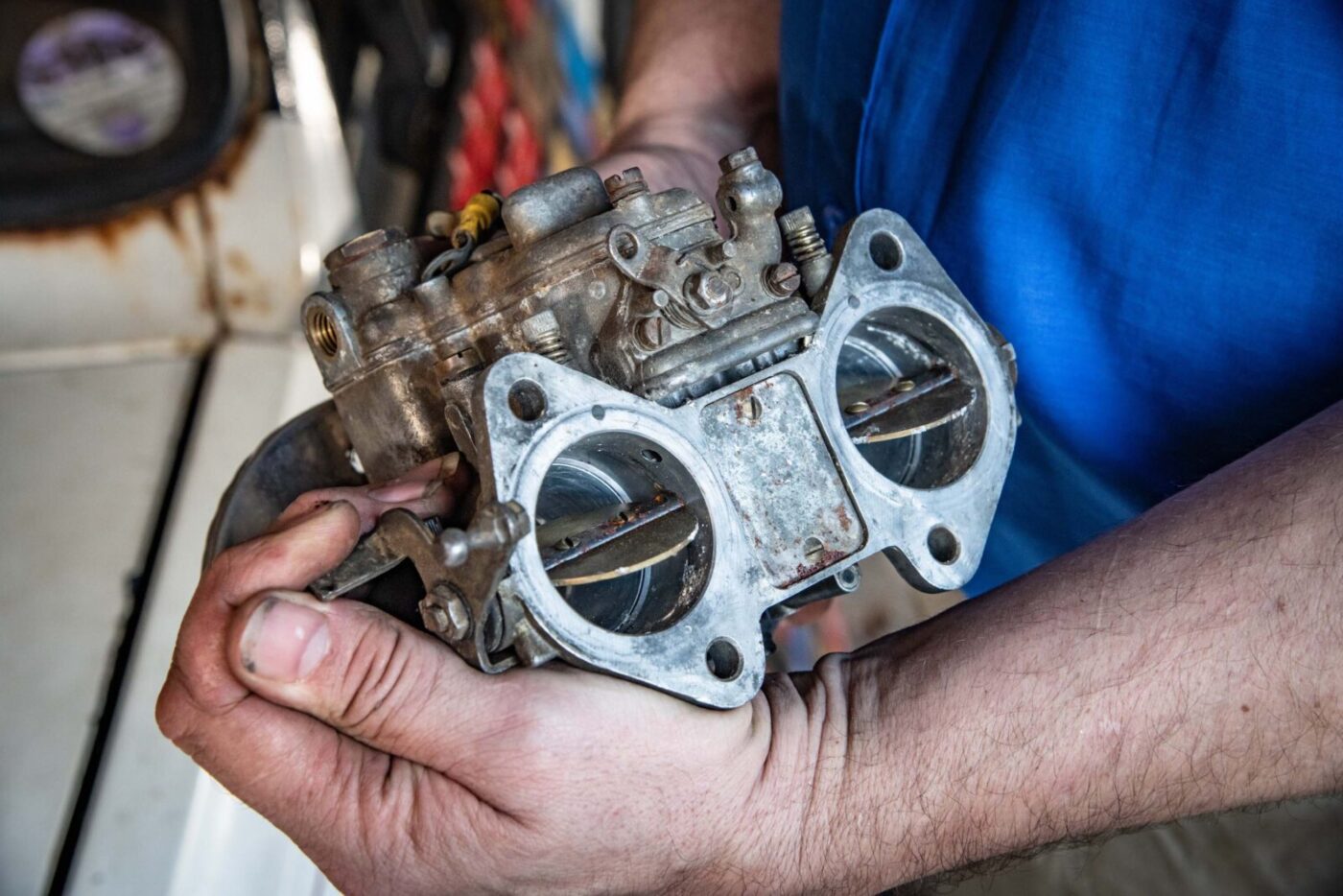

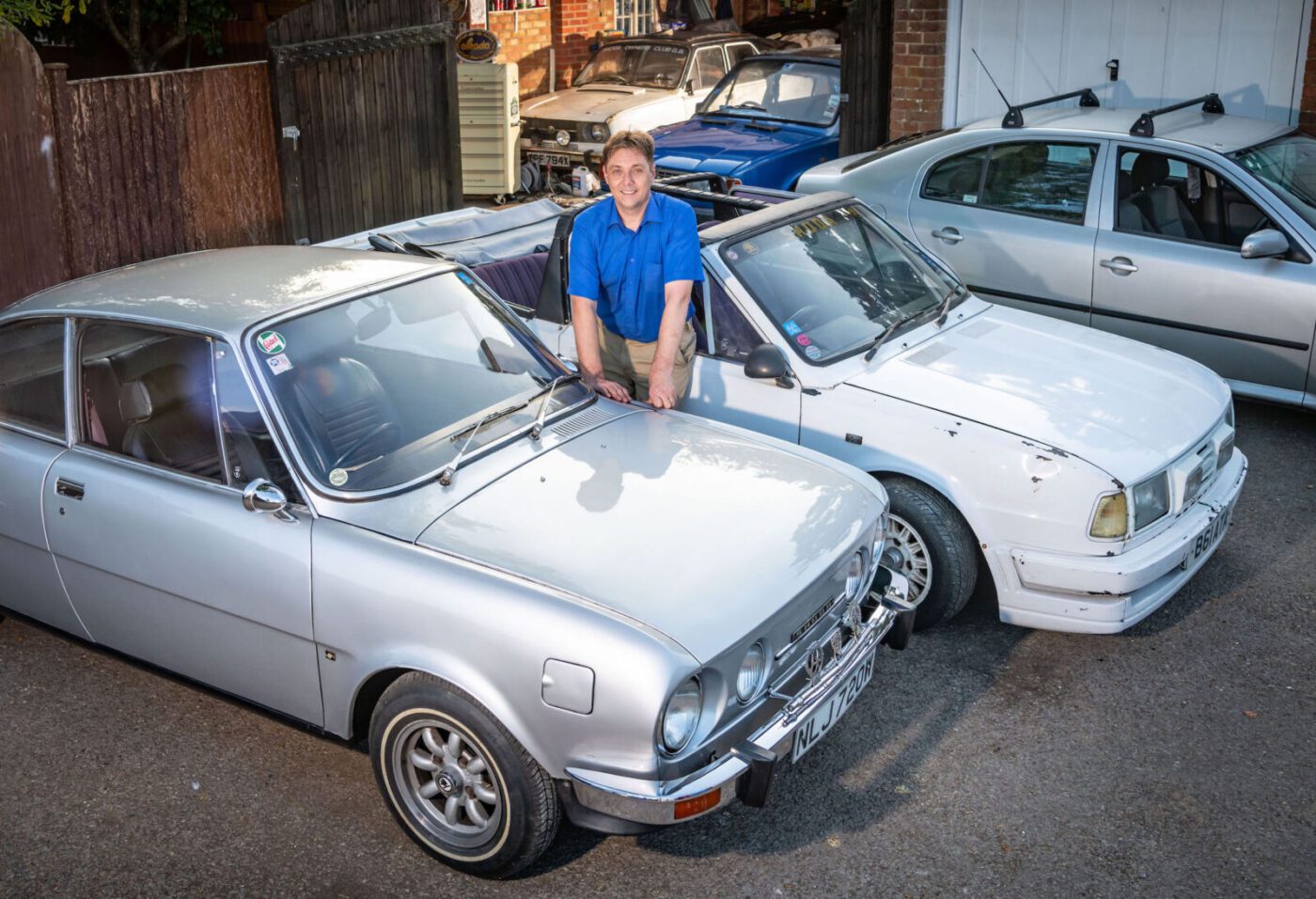
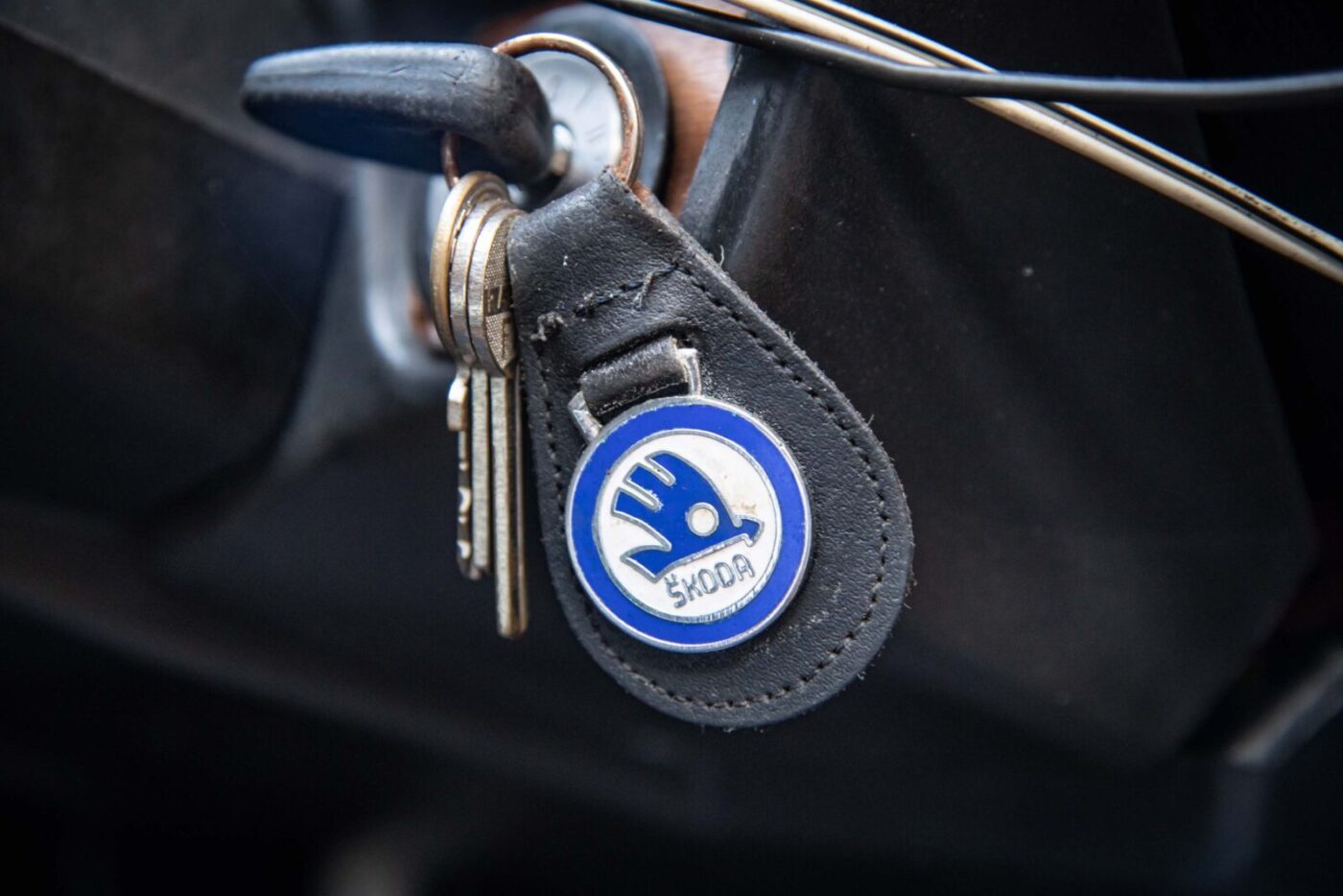
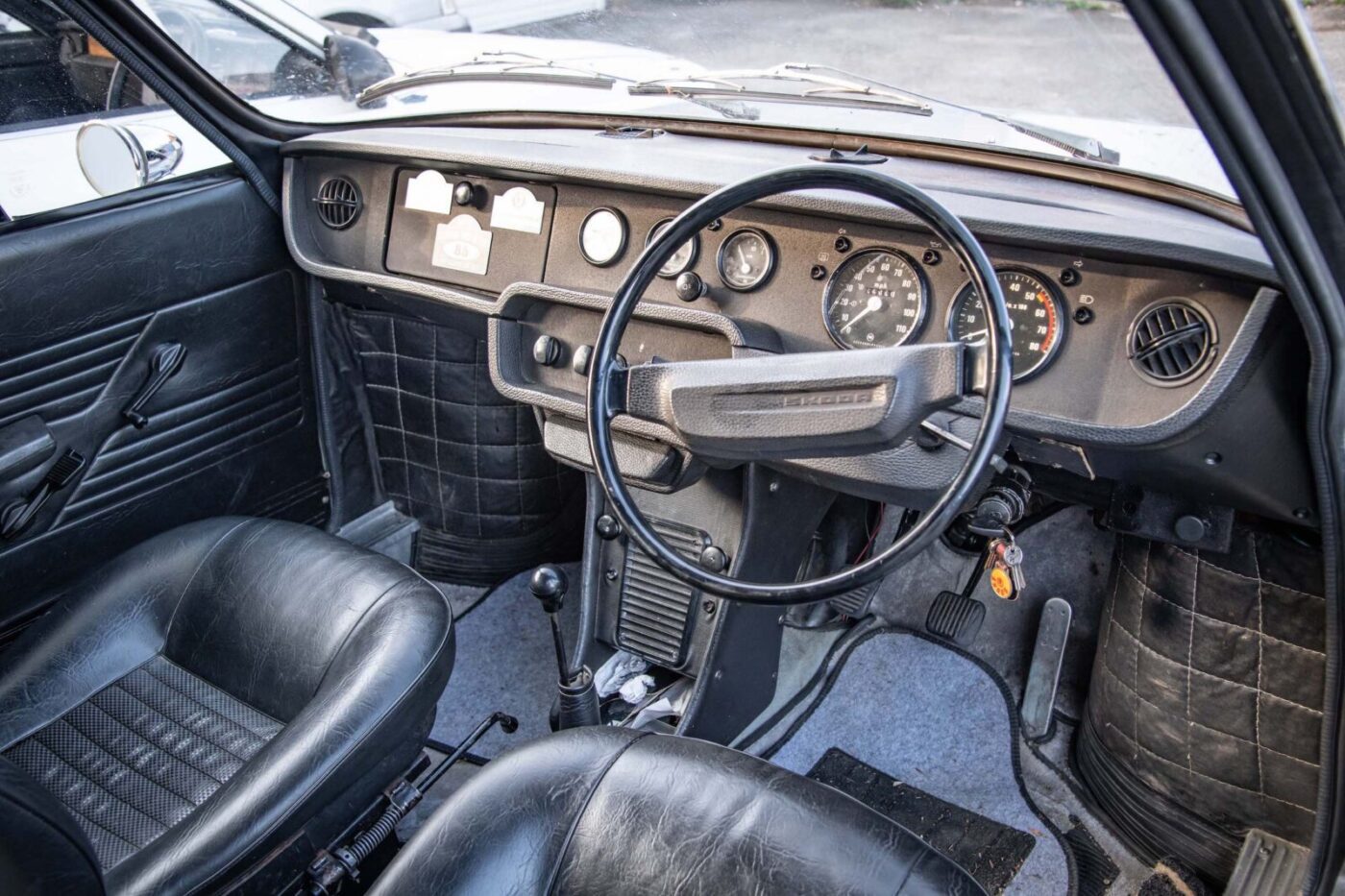
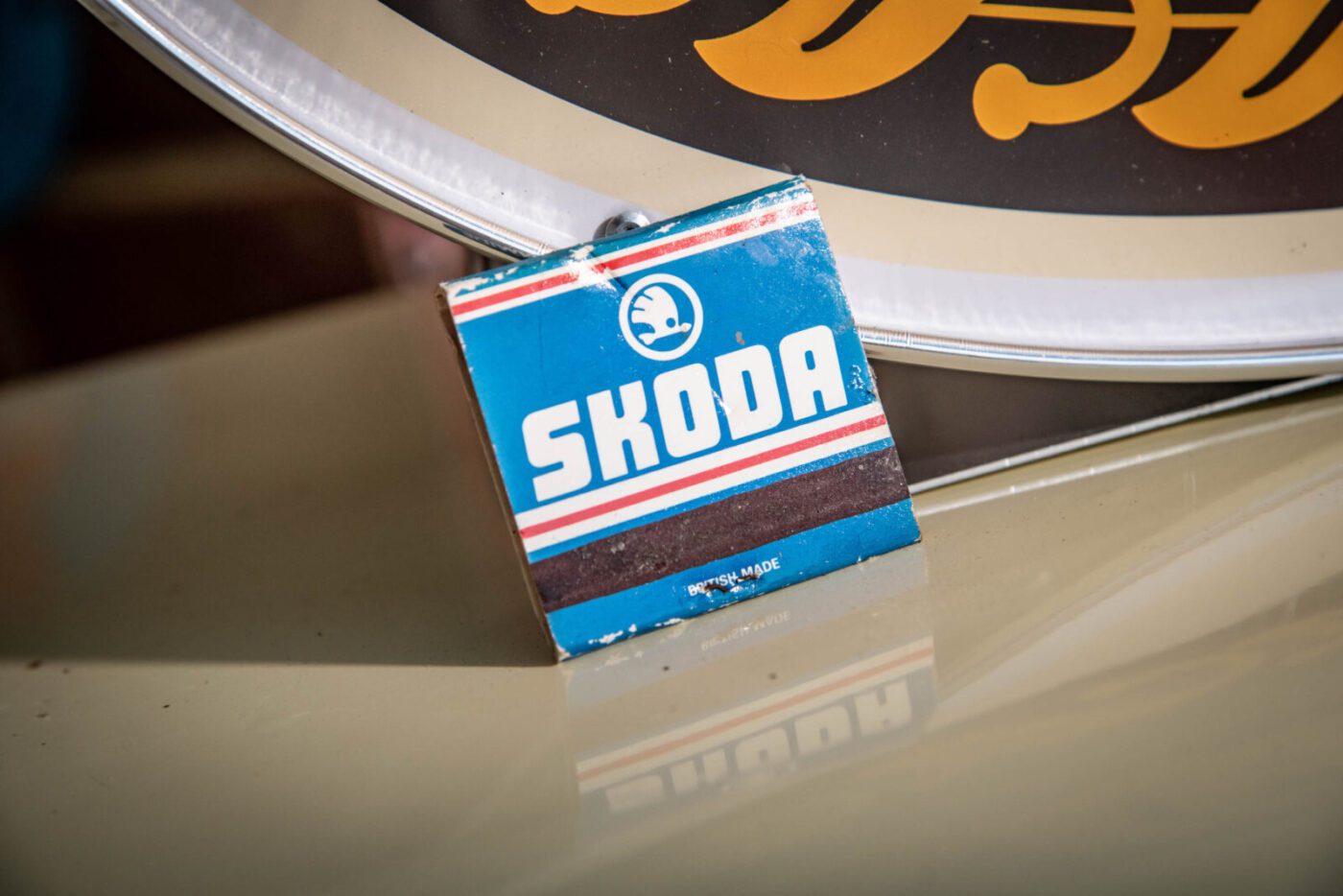
‘Machine guns trained on you’
“It was while the Russians were still in charge, and we had to go through all the checkpoints and past the watchtowers. Seeing the machine guns trained on you was an experience.
“We got to see some of Eastern Europe before it changed, and got to visit the factory just north of Prague at Mladá Boleslav.”
The car completed the journey in typically trouble-free fashion, and has now clocked up more 400,000 miles, which sounds a huge number until you average it out at just over 12,000 miles a year over its 33 years on the road.
“It’s been all over the UK, and it just keeps going,” says David, now 54. “I’ve had it from new so I’m very attached to it. I could never imagine selling it – a lot of other things would go before that would go.
“I would like to hang on to it until I stop driving and it will probably be passed on to my son, who is 11 and has been brought up to think Škodas are the best things on four wheels!”
The car is in the midst of a stripdown in preparation for a full respray in its original china blue.
“It’s been polished so much it’s started to go through the paint,” laughs David.
The 130 was only a couple of years old when it was joined by a second Estelle, a seven-year-old 105 S bought for just £200 and used for David’s work surveying residential areas for cable TV.
“At the time there was a fair bit of resistance to cable, because of the disruption it caused, and I was doing surveying in some dodgy areas,” he says. “I didn’t want to take my pride and joy there, and a local couple were selling this 105 S cheap. I thought ‘that will do me for work’.”
READ MORE ABOUT SOME OF OUR GREATEST CLASSIC CARS WITH

A series of articles on our Cult Classics site.
Not just any old 105 S
But, unknown to David, or indeed any of the car’s previous owners, this wasn’t just any old 105 S, the most basic model available and boasting just 44bhp from its 1046cc engine.
The car’s secret wasn’t revealed until David joined a Škoda Owners Club tour in support of the Welsh stages of the RAC Rally in 1989.
“For a change, I took the older car to the event, and it surprised the guys in the club, with all their tuned up engines, that I was keeping up with them without any trouble,” says David.
“Mine was just purring along. At the campsite one of them said ‘I’ve got to have a look at what you’ve got in there – it doesn’t make sense that you’re keeping up with the 136s’.”
The newer 136 ‘sport’ models represented the top end of the Estelle Rapid range, punching 90bhp from an uprated version of the 1289cc engine fitted to its eventual replacement, the front-engined Favorit.
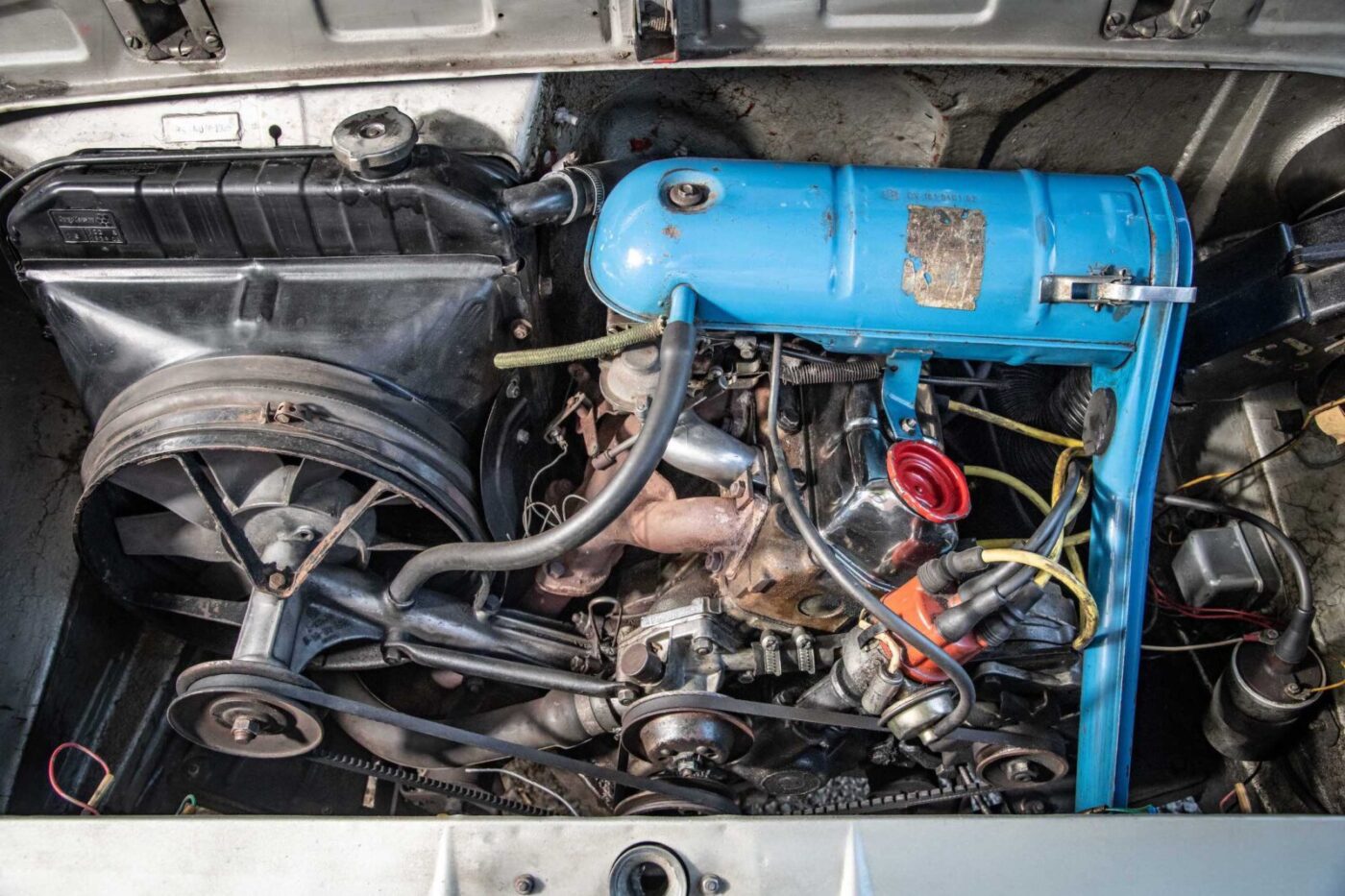
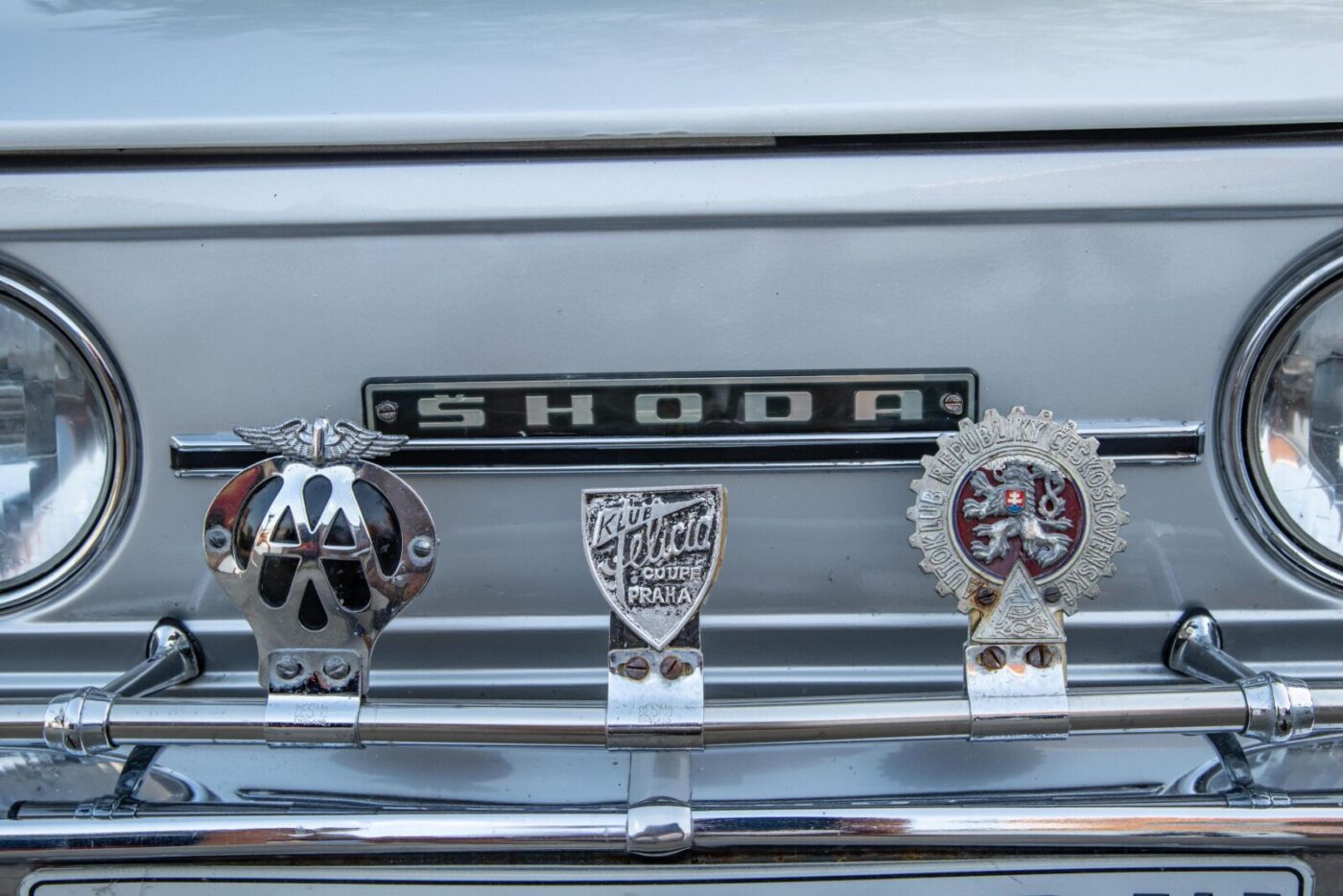
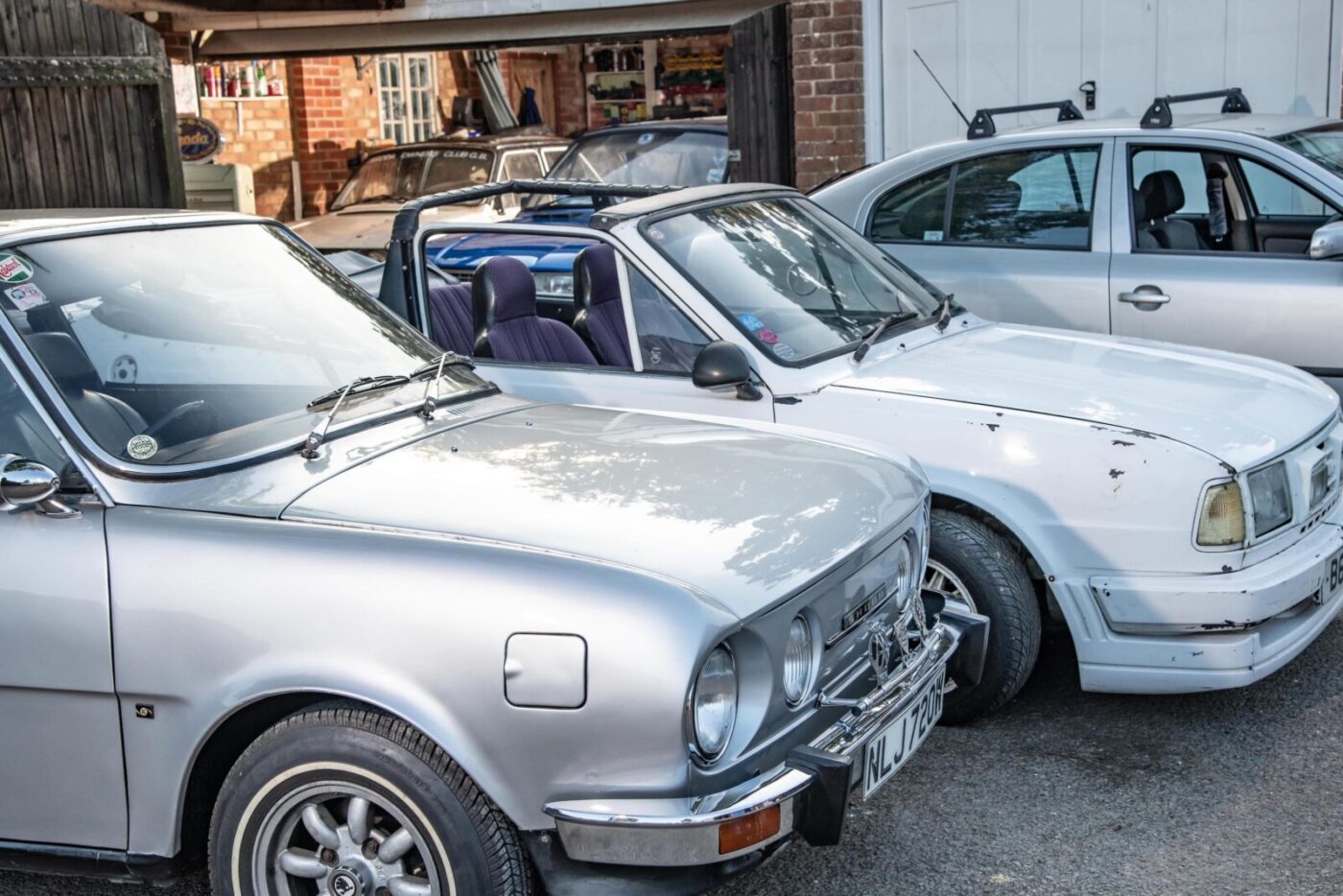
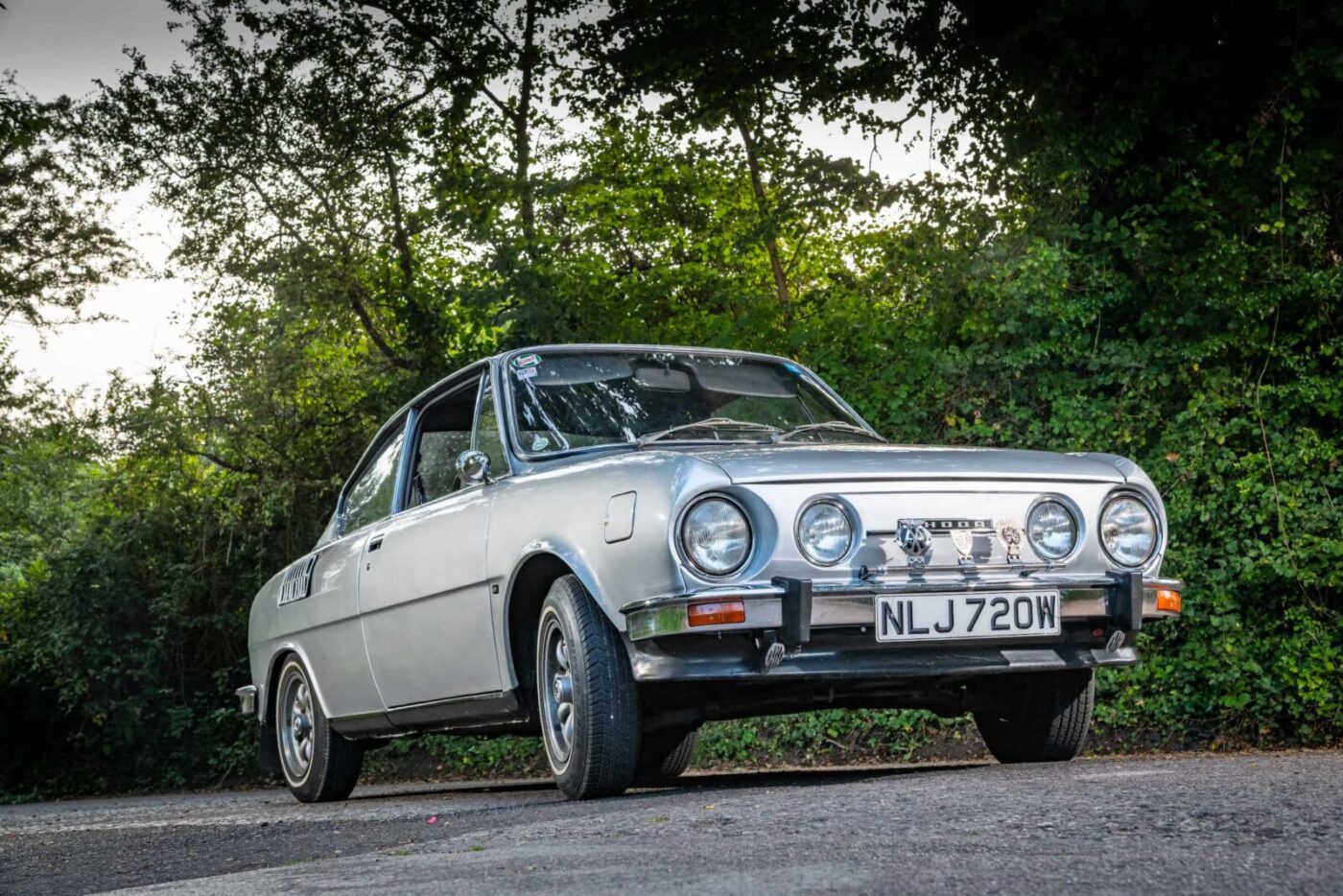
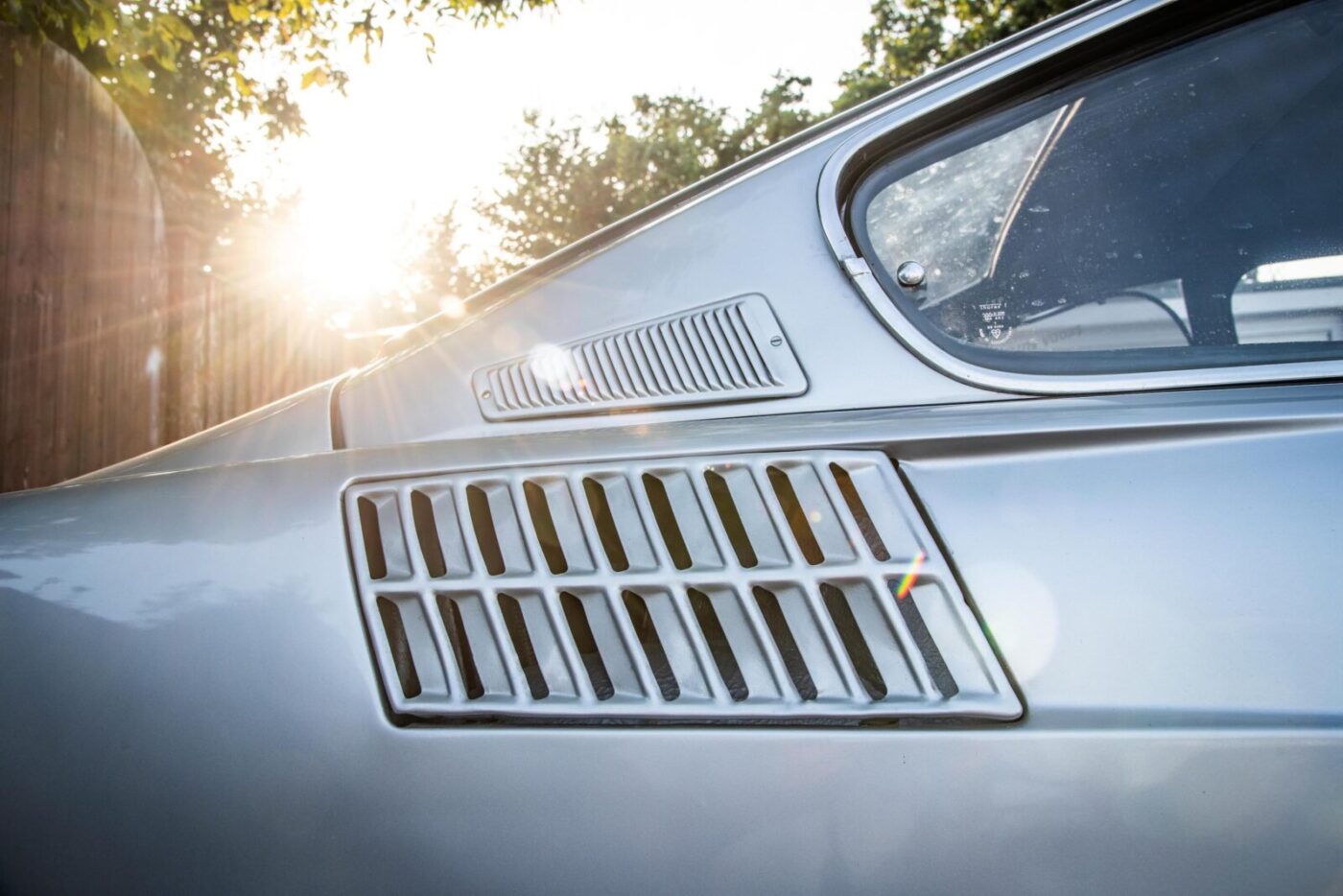
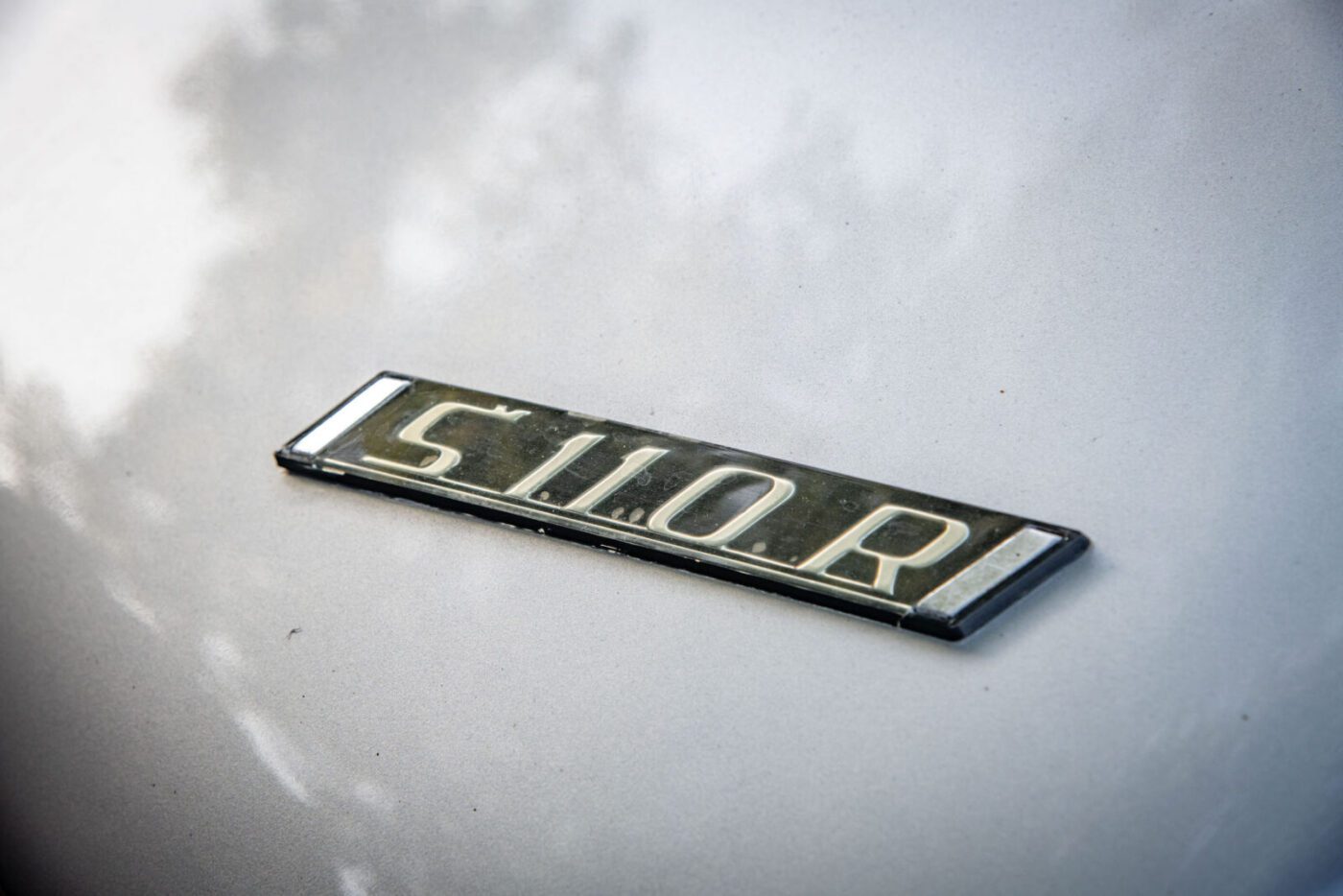
Mystery engine
“We opened it up, and the engine number didn’t tie up with anything registered in any of the Škoda parts books,” says David. “One of the guys phoned the factory with the engine number to find out what this mystery engine is.”
Rather than a humble 1046cc unit, the car’s engine was revealed as a race-prepared, 1.3-litre powerplant usually fitted to the 130 RS, Škoda’s legendary rally car which took a class win in the 1977 Monte Carlo rally.
David and his owners club friends were left scratching their heads, and asking themselves: “How on earth did that get there?”
Determined to solve the riddle, he spoke to some of the Škoda works team who had come over for the rally.
“One of them said ‘I remember that car’,” says David. “It turned out that back in 1981, the team needed a car to make pace notes all around the RAC rally courses.
“They went to the importers and borrowed one, used it all round the RAC and when they were due to go back over to Czechoslovakia they said to the importer they can have the car back.
‘It’s been thrashed around the rally stages’
“The importer said ‘we don’t want it, it’s been thrashed around the rally stages’.”
So the team agreed to put in a brand new engine from a race car they hadn’t used, fitting it with some standard parts to hide its true nature.
But before the car, still badged as a 105 S, could be sold on, it became a guinea pig for technicians from the Škoda factory to test out potential improvements to the Estelle’s suspect handling.
“Škoda had seen the road test reports from the AA, which slated the cars for their handing,” says David. “A group of guys from the factory came to the importers and asked if they could play around with the car and see what they could do to address the various issues indicated.
“The importer said yes, they could mess about with the car. They put in stronger springs, lowered it slightly, and put on a set of alloy wheels which were wider than the standard steel wheels.
“They then asked what would make them more popular over here. The importer said that Webasto sunroofs were all the rage, so they strengthened the body and put one of those in.
“Then they road tested it and decided that the changes had addressed all the comments the AA came up with. But after they costed it out, they decided it was too expensive to adapt all the cars to this one’s spec, and the experiment ended there.”
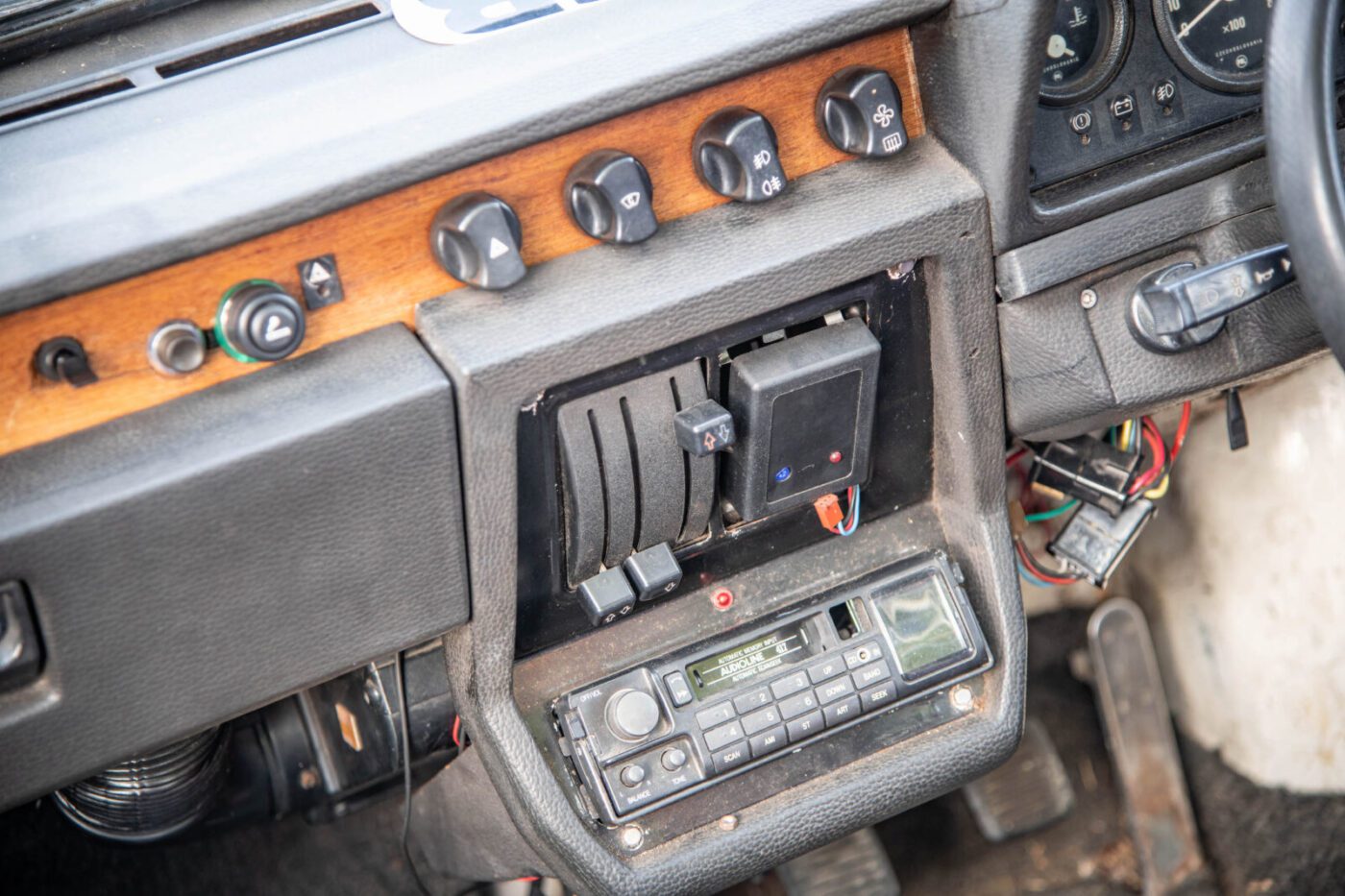
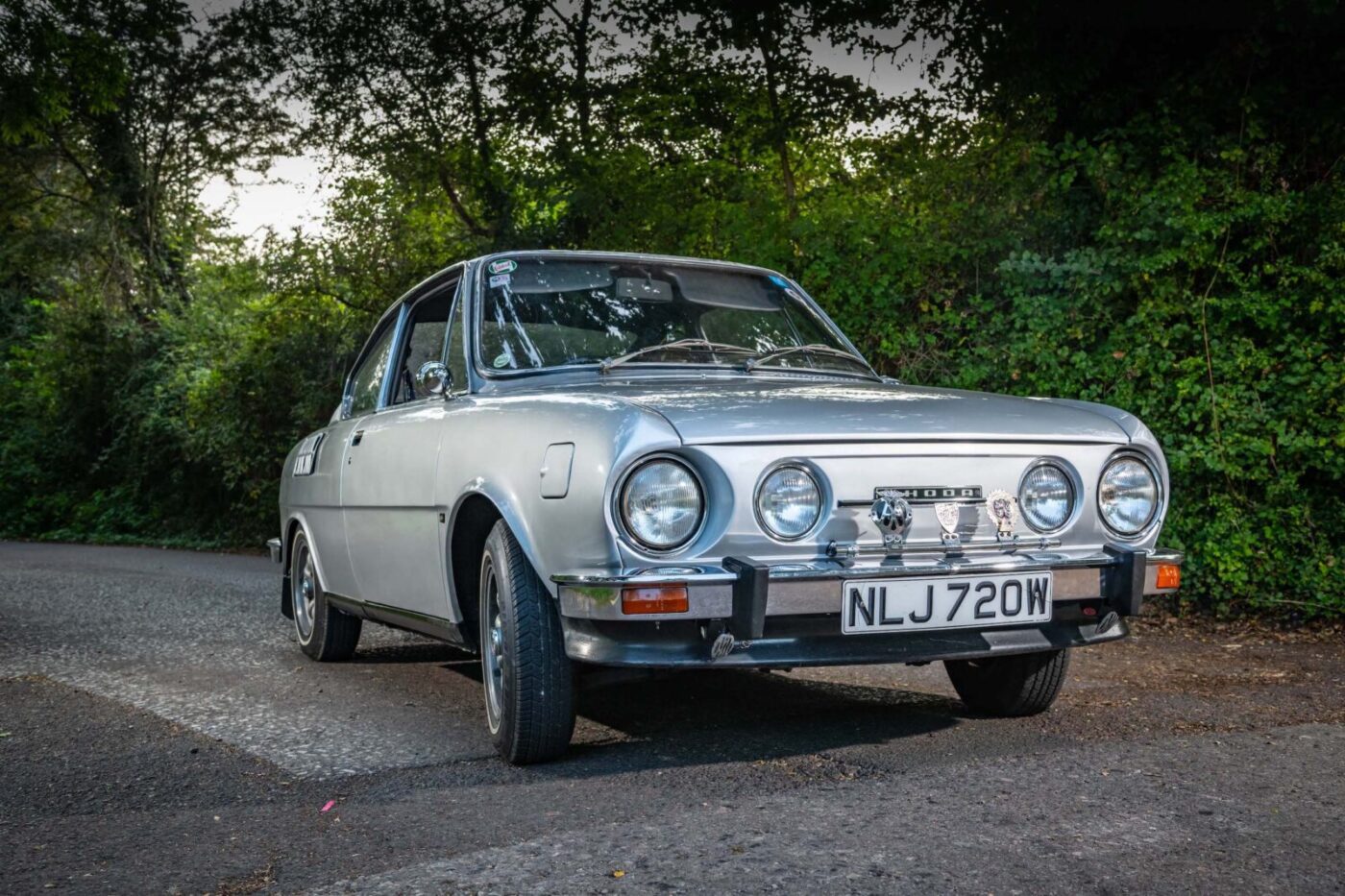
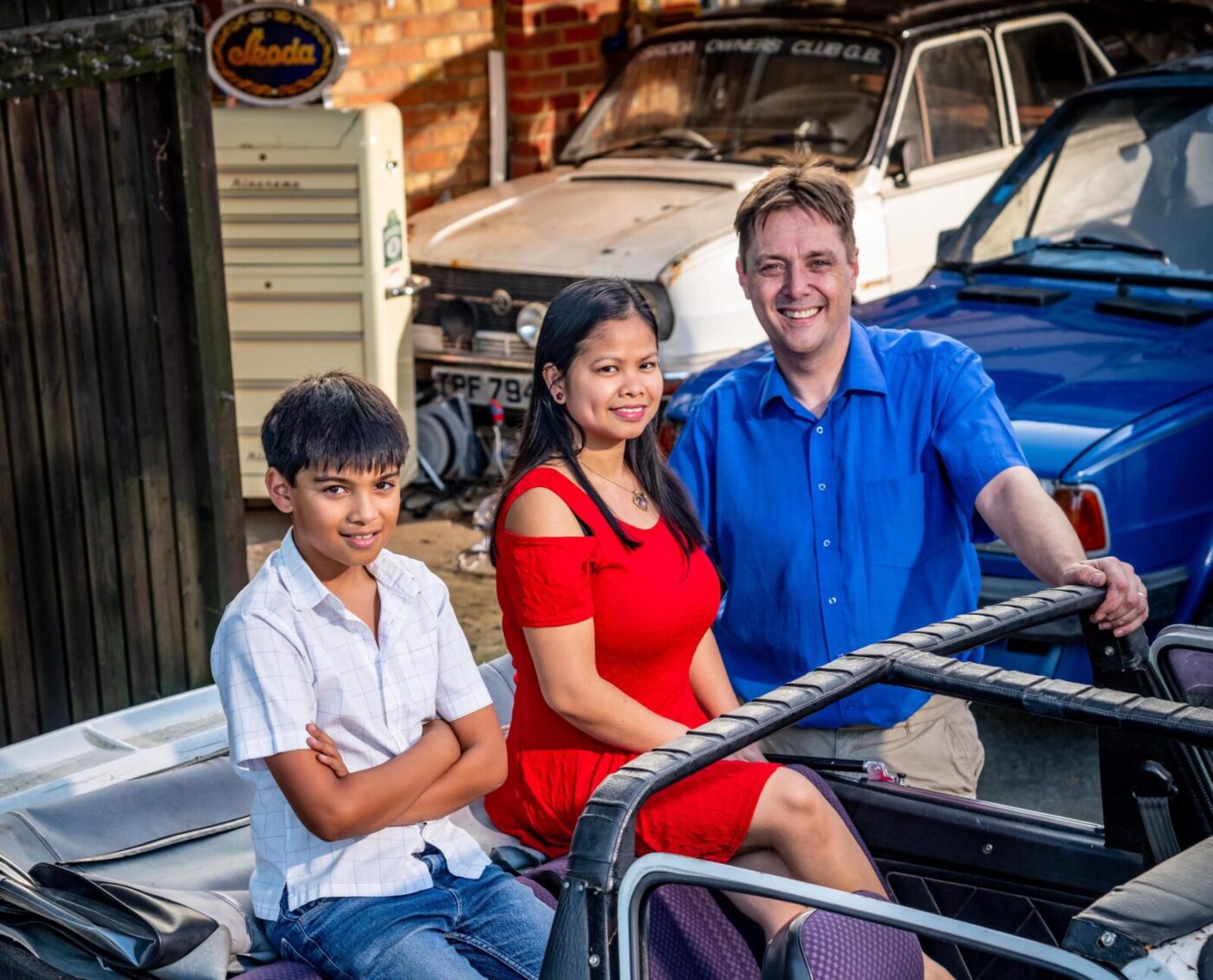
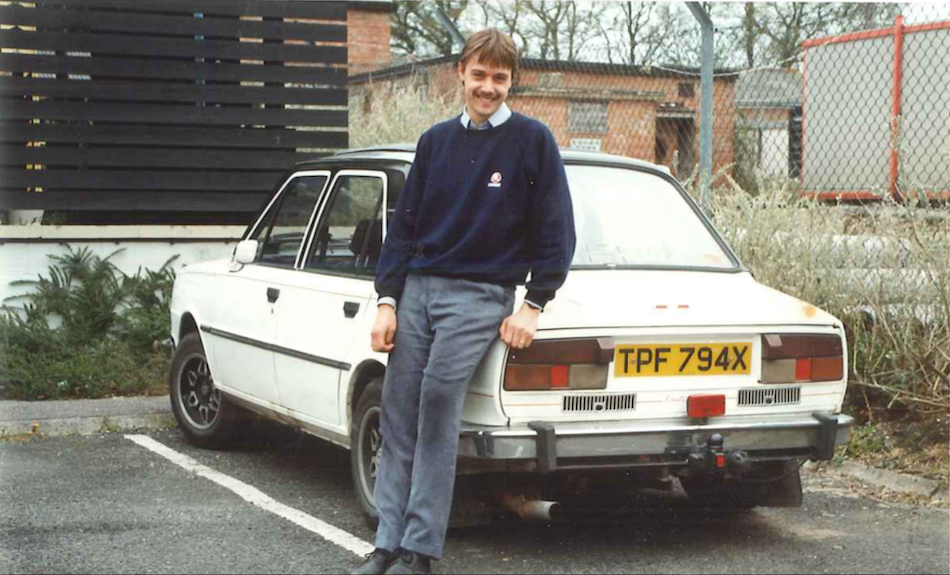
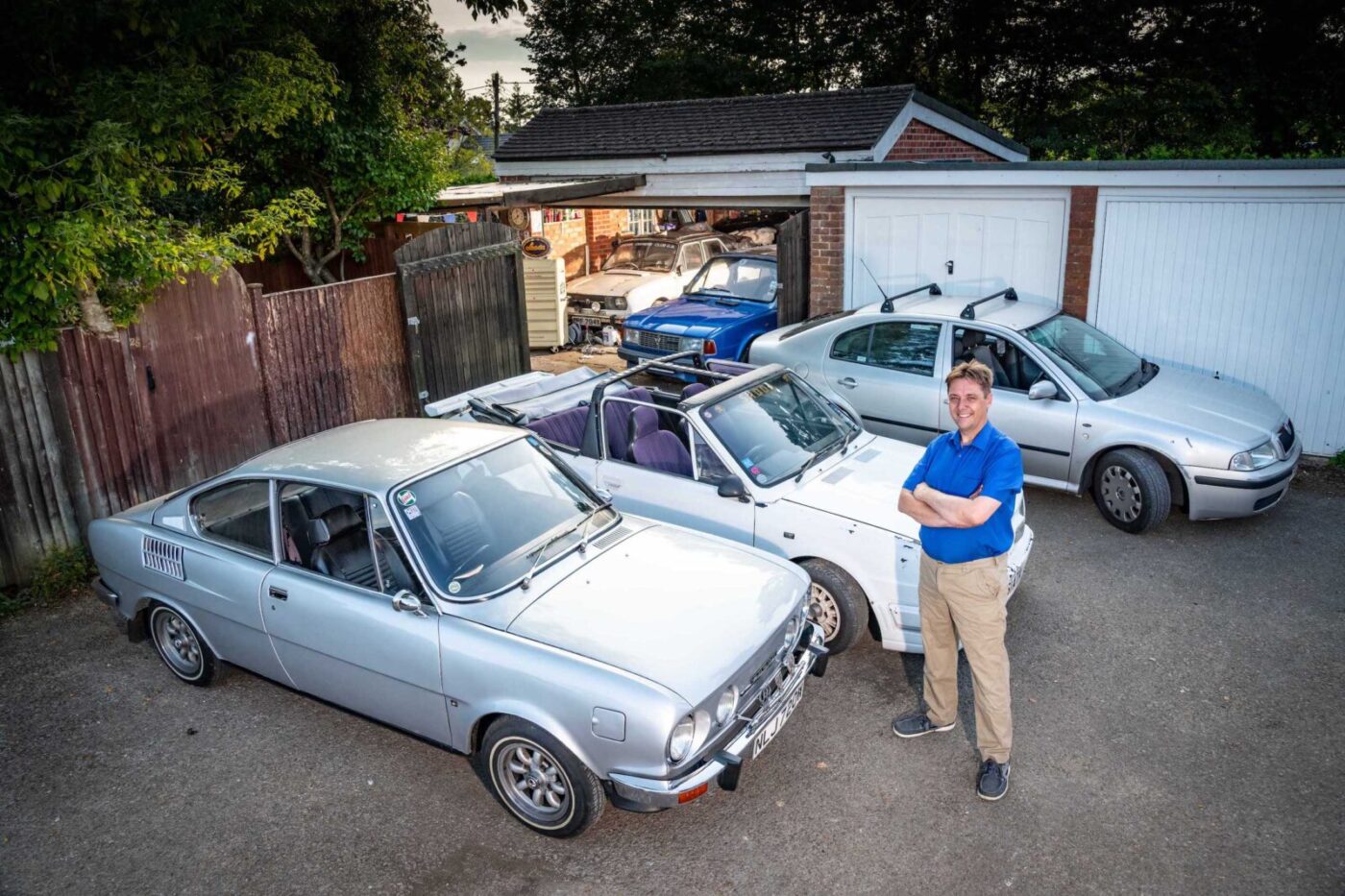
Wolf in sheep’s clothing
David’s 105, still badged as standard but by now very much a wolf in sheep’s clothing, remained at the importer’s depot until it was finally sent to a dealer and sold as a used demonstrator.
“It stretches the definition somewhat,” adds David. “After several years, and several owners, by luck I bought it. I’ve since tracked down some of the owners, and none of them had any idea about its history.
“The second owner said it was a lovely little car, they went all around Scotland in it and it went ever so well.
“It’s always driven better than any of the others. It has a very tight shell and handles beautifully. Effectively, now, it’s a unique prototype – there’s nothing else like it.
“It’s now part of Škoda club urban legend – people have heard about it but are not sure if it still exists!”
Before he had discovered the 105’s extraordinary background, David had got as far as advertising it for sale – it was only ever intended to be a temporary commuter car after all.
But, luckily, there were no takers, and he has since had to fend off advances from staff at the Škoda factory, who made him an offer on one of his three trips to the company’s headquarters.
“They have a large underground car park with one of everything they’ve ever made, including prototypes and race cars – except this one,” says David.
Too much fun
“They thought it had been destroyed, but I said ‘I’ve got one’! They were keen to have it back and hinted it might be worth a mark 1 Octavia for me. But I was having too much fun in it.”
The car is now about to undergo a well-deserved, and thorough, restoration.
“I want to make sure I restore it properly,” says David, who has no idea what the car could eventually be worth. “A really good Estelle could these days go for £4,000 to £6,000, but something as unusual as this, who knows?”
Probably the prettiest car in David’s collection is the S110R coupe, one of just five registered for the road in the UK, according to How Many Left.
“I saw one at a club day and fell in love with the shape, and thought I’d love to have one of those,” says David. “It was the sort of thing people didn’t bother saving and chucked out, so it’s pretty rare now.
“I went to an ex dealer in Southampton in the early 1990s, and there was one parked outside. I said I’d been looking for one of them and after a couple of months the owner got in touch and said it was up for sale.
It looked abandoned
“He was planning on breaking it for parts. It looked like it had been abandoned and the top of the engine was missing. I got it for £50 on condition he towed it home for me.”
The coupe was stripped back to a bare shell, which was grit-blasted before the car was totally rebuilt.
“It took me seven years to finish it, and it’s now been on the road for more than 20 years,” says David. “It goes to owners club events and out on sunny days, but it also went to Slovakia about 12 years ago. Not particularly fast, but it got there with no mishaps.”
Built in 1976, the coupe was not registered until 1980 because of import restrictions on goods from behind the Iron Curtain.
“With that model they were only allowed to import 500 a year,” explains David. “It’s different from the continental ones, being right hand drive, and they didn’t want to only make 500 a year so made a whole bunch of them and sent over 500 at a time. This was one of the last ones registered.”
The 136 Rapid convertible, a 1985 model, is another rarity on UK roads these days, and another car picked up by David in the early 1990s – in unusual circumstances.
‘This is horrible’
“I’d picked up a G-reg Estelle with a bodykit from a scrapyard,” he says. “The owner of the scrapyard had seen it going cheap and bought it, but then drove it and thought ‘this is horrible’.
“He parked it up and didn’t use it again, and said if you want it you can have it. About a year later I was at an owners club event, and a chap turned up with a nice Rapid convertible.
“His wife had just had their fifth baby and the convertible was not suitable. I suggested we swap my Estelle for the convertible and that’s what we did. I’ve hung on to it ever since.”
The 1998 Felicia estate was bought as a commuter car, with the Octavia taking over duties because David feared the former may not last much longer doing the 50-mile round trip to work and back.
“I then promptly got a job three miles from home!” he says. “It was a case of either take the Felicia to the local breakers yard or sell it on through the club. There were no offers when it was advertised, so I’ll hang on to it for now and see how the Octavia works out.”
At the moment then, none of the six are going anywhere, though the Rapid convertible is the car most likely to be sold should David ever have the need to cash in.
“I get tempted to sell it sometimes,” he admits. “The prices of those have got really silly. They were never available in Czechoslovakia so can fetch between £15,000 and £20,000 now.
“If for any reason I needed to find money that could be a rather useful sum. But all the time I don’t need to sell it, I will hang on to it.”
David won’t be adding any more to his collection, though. “No, I think my missus would throttle me – I’m not going to push my luck!” he laughs.

